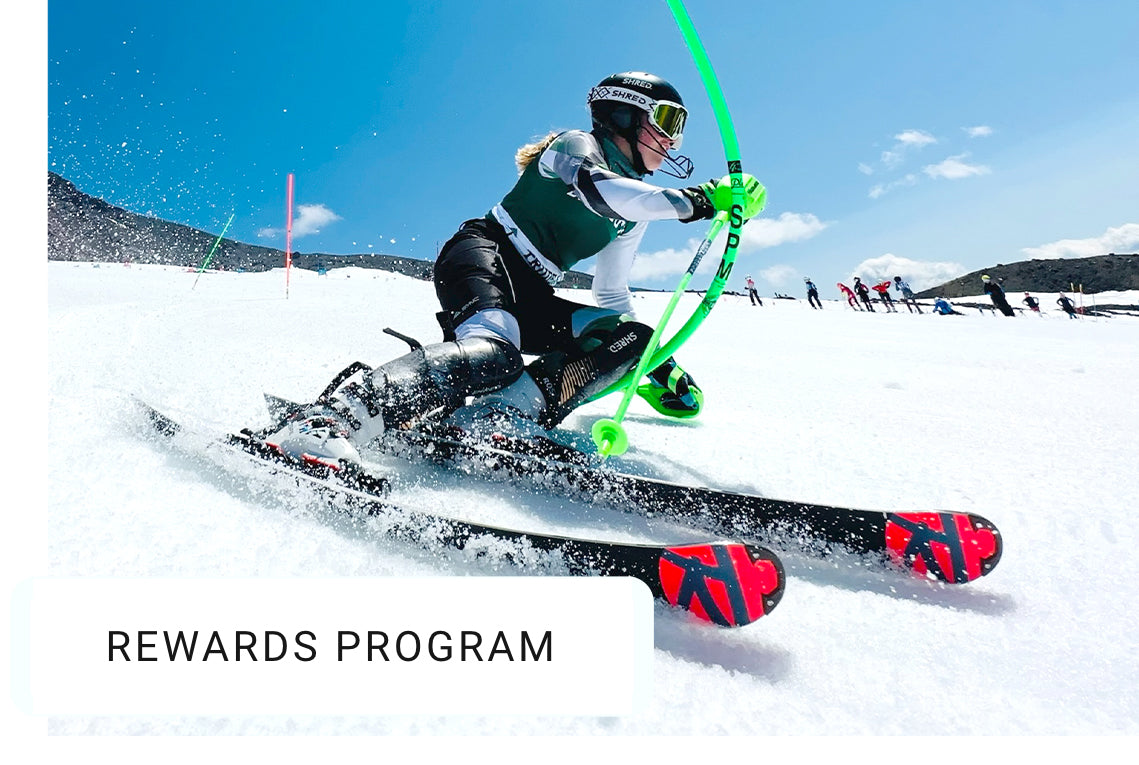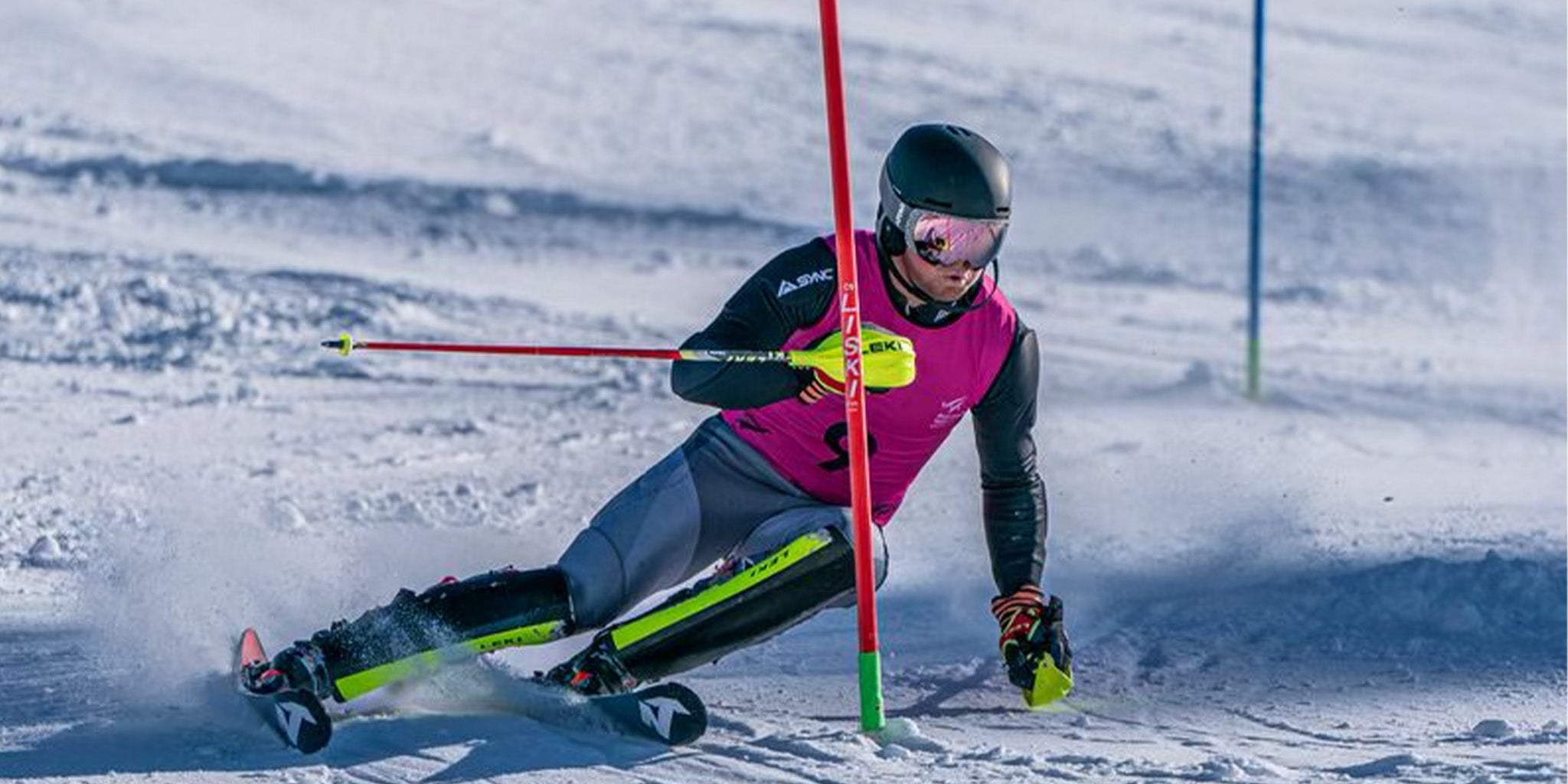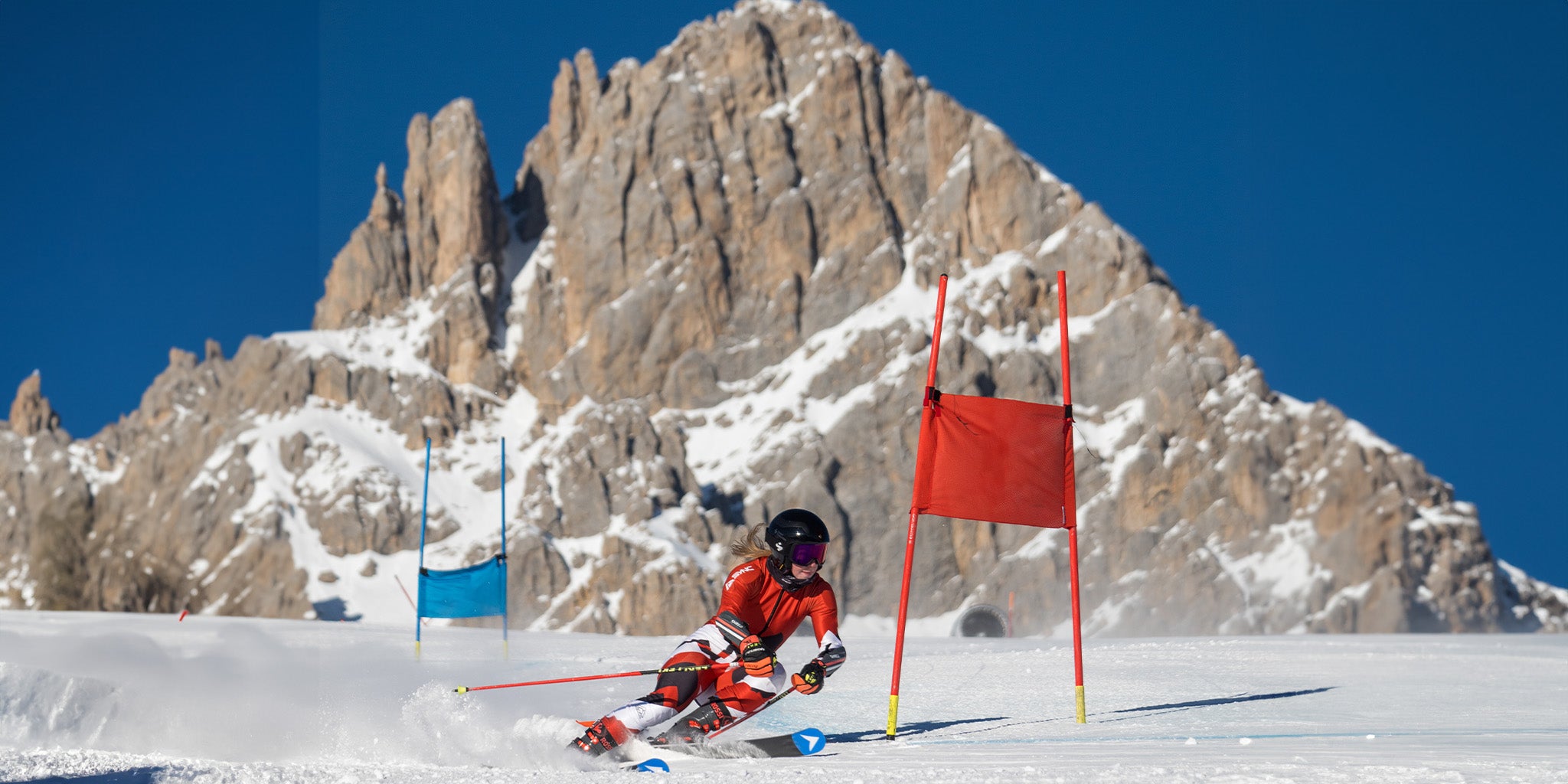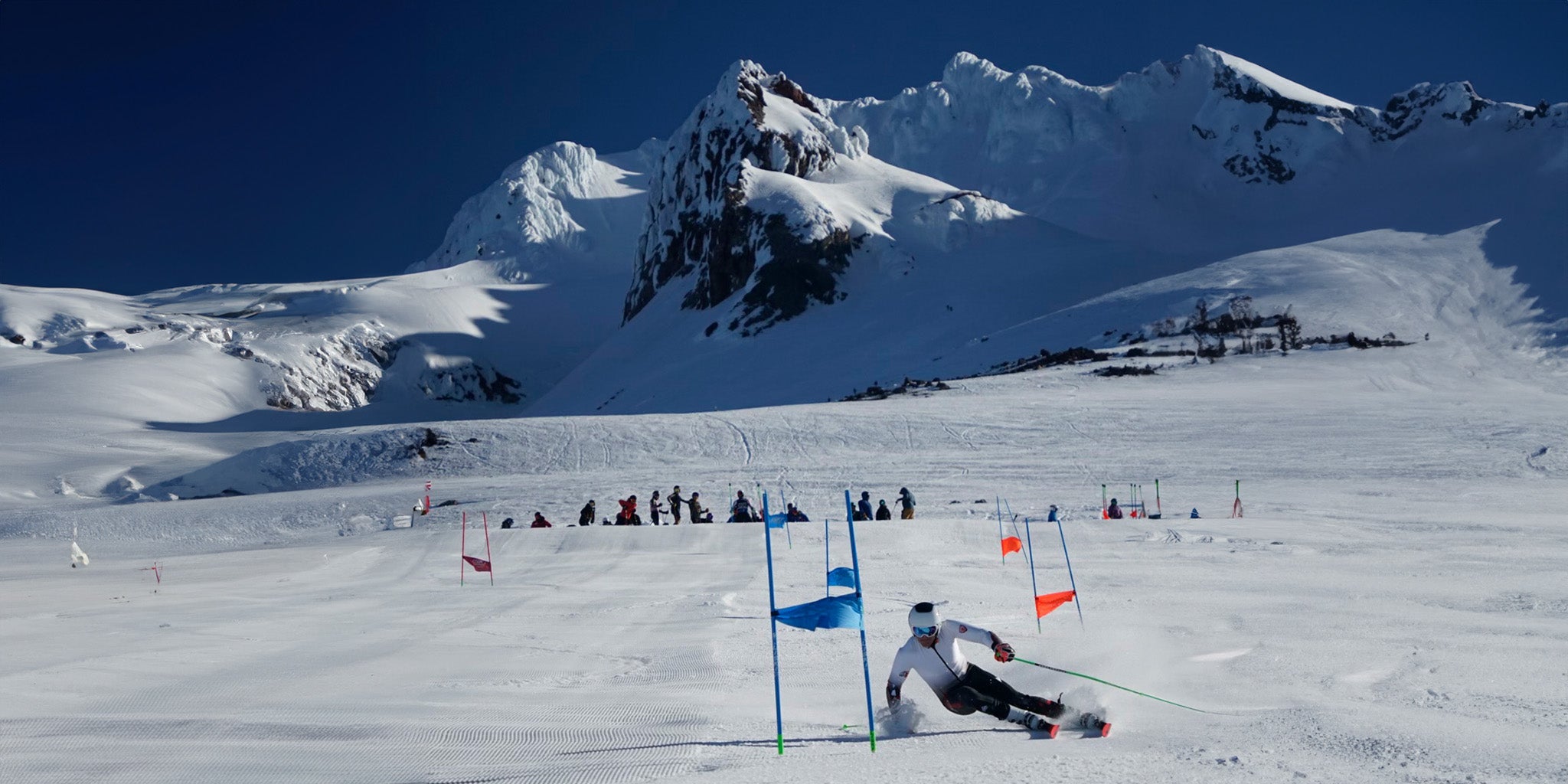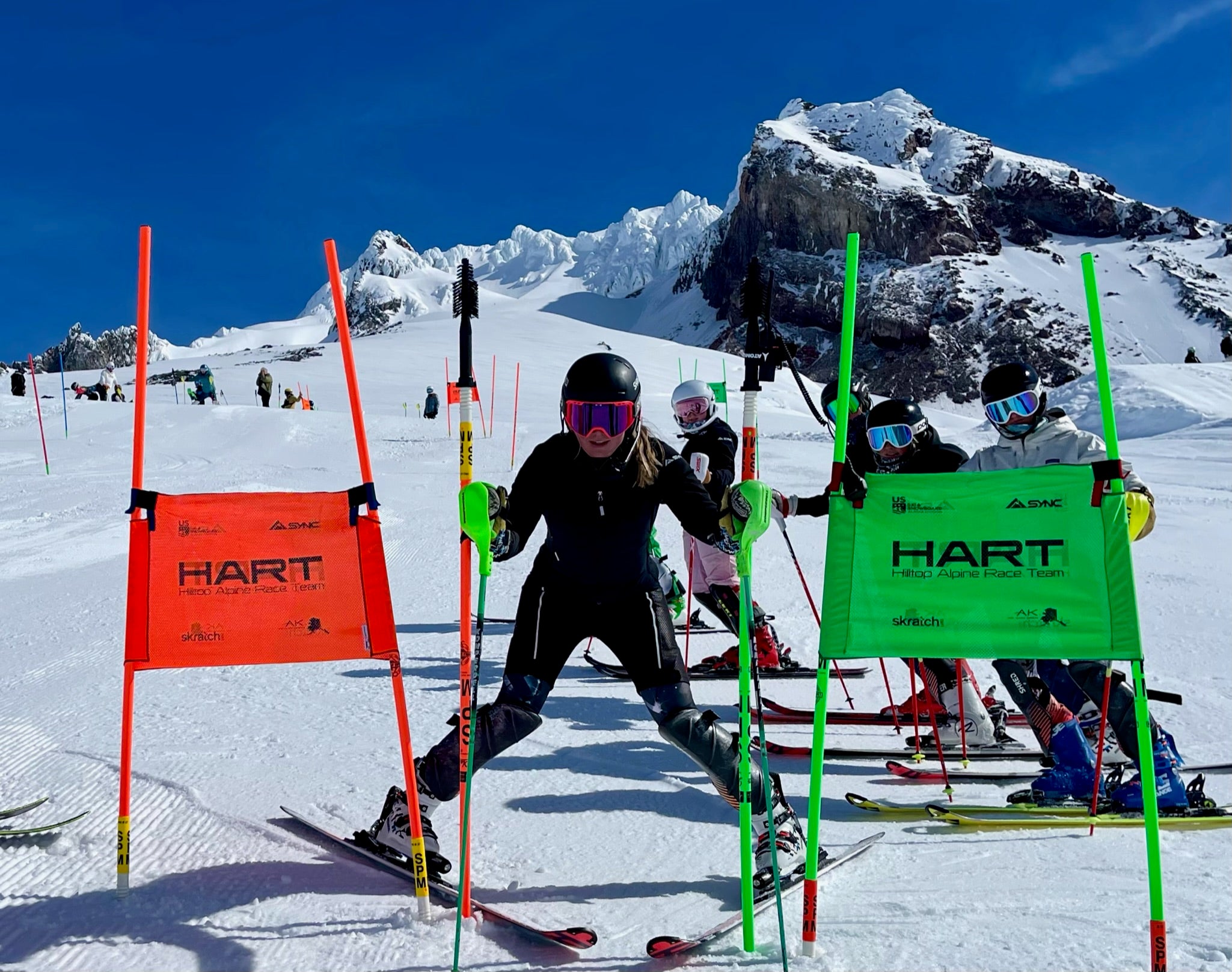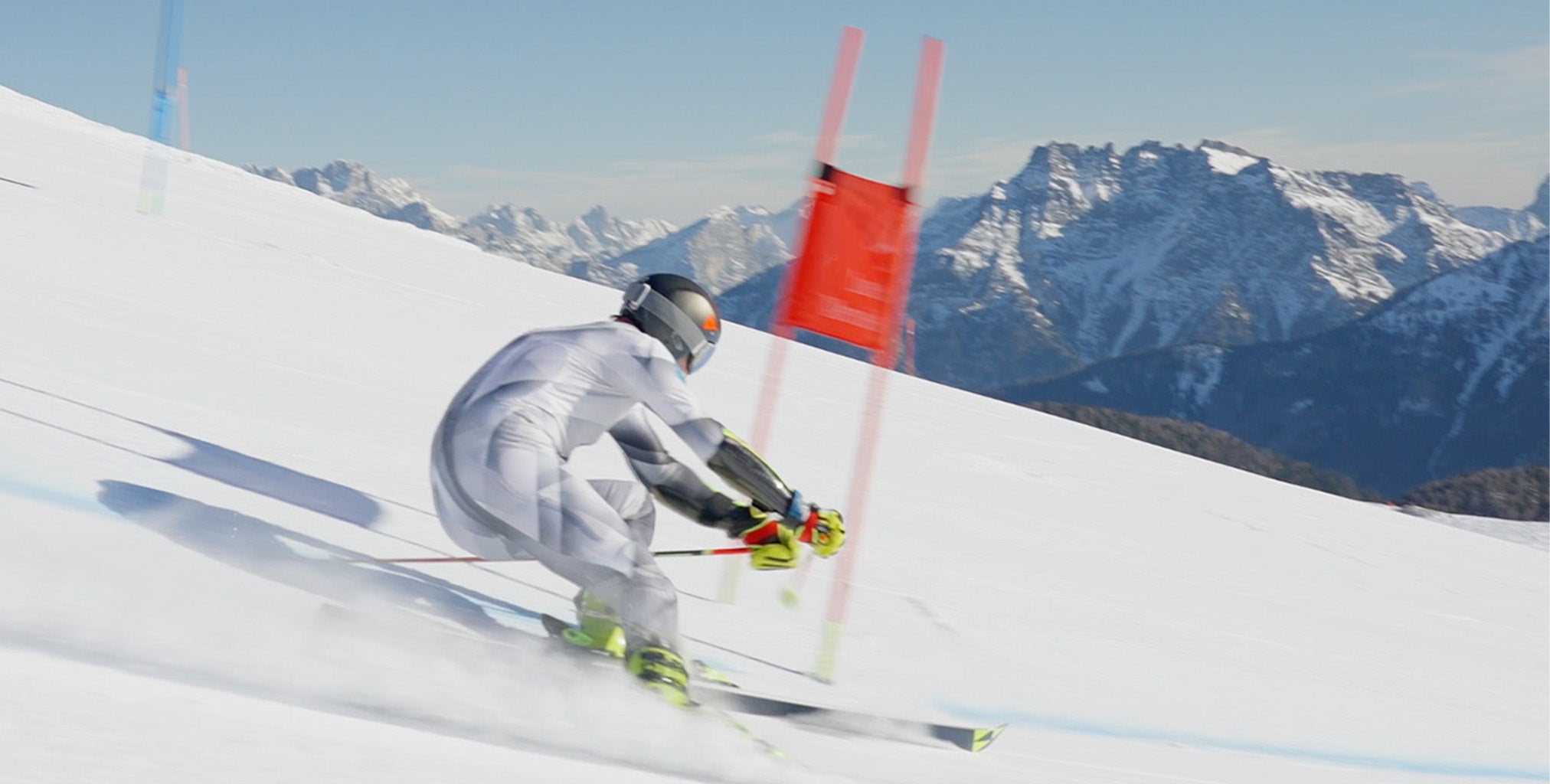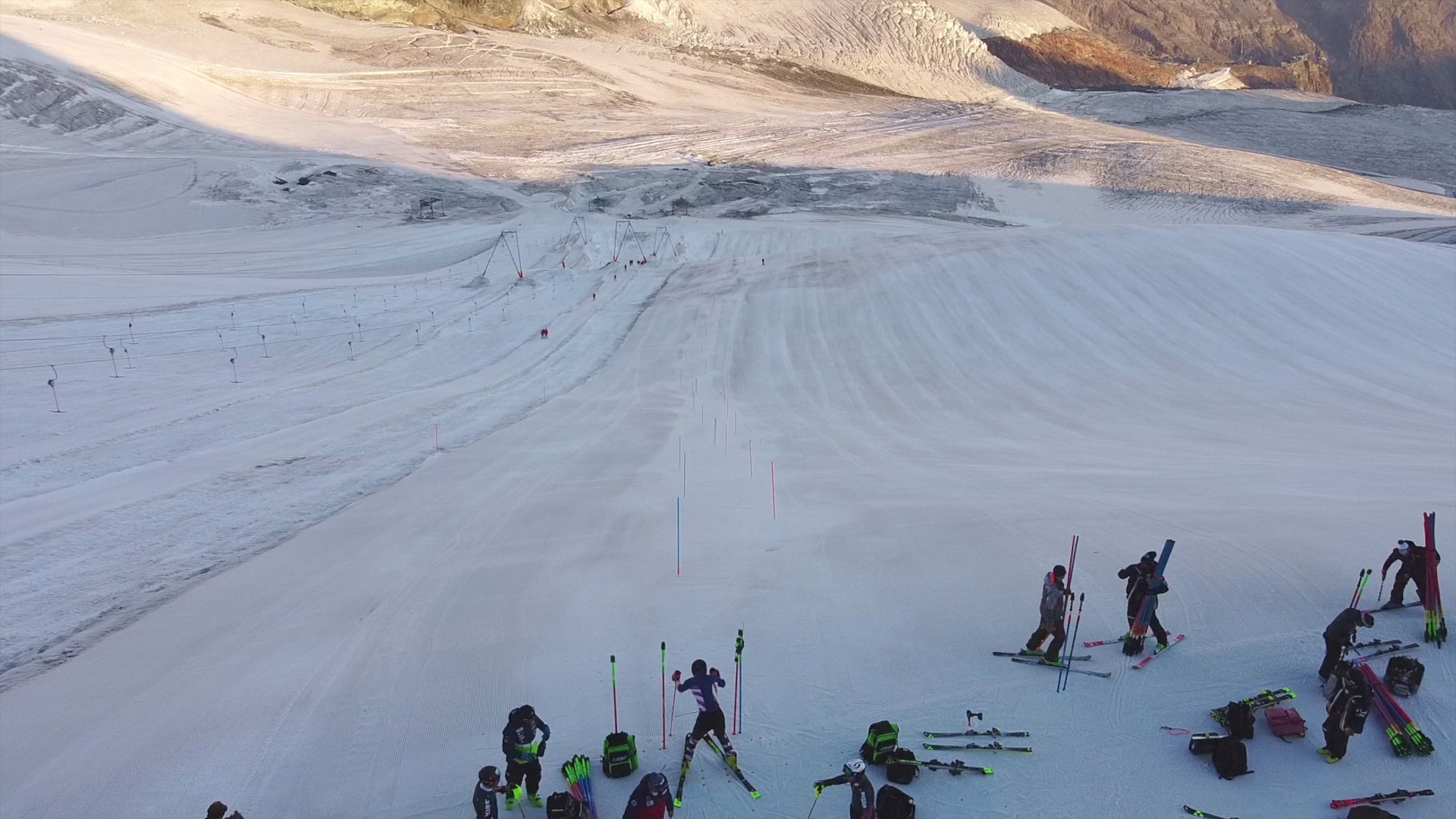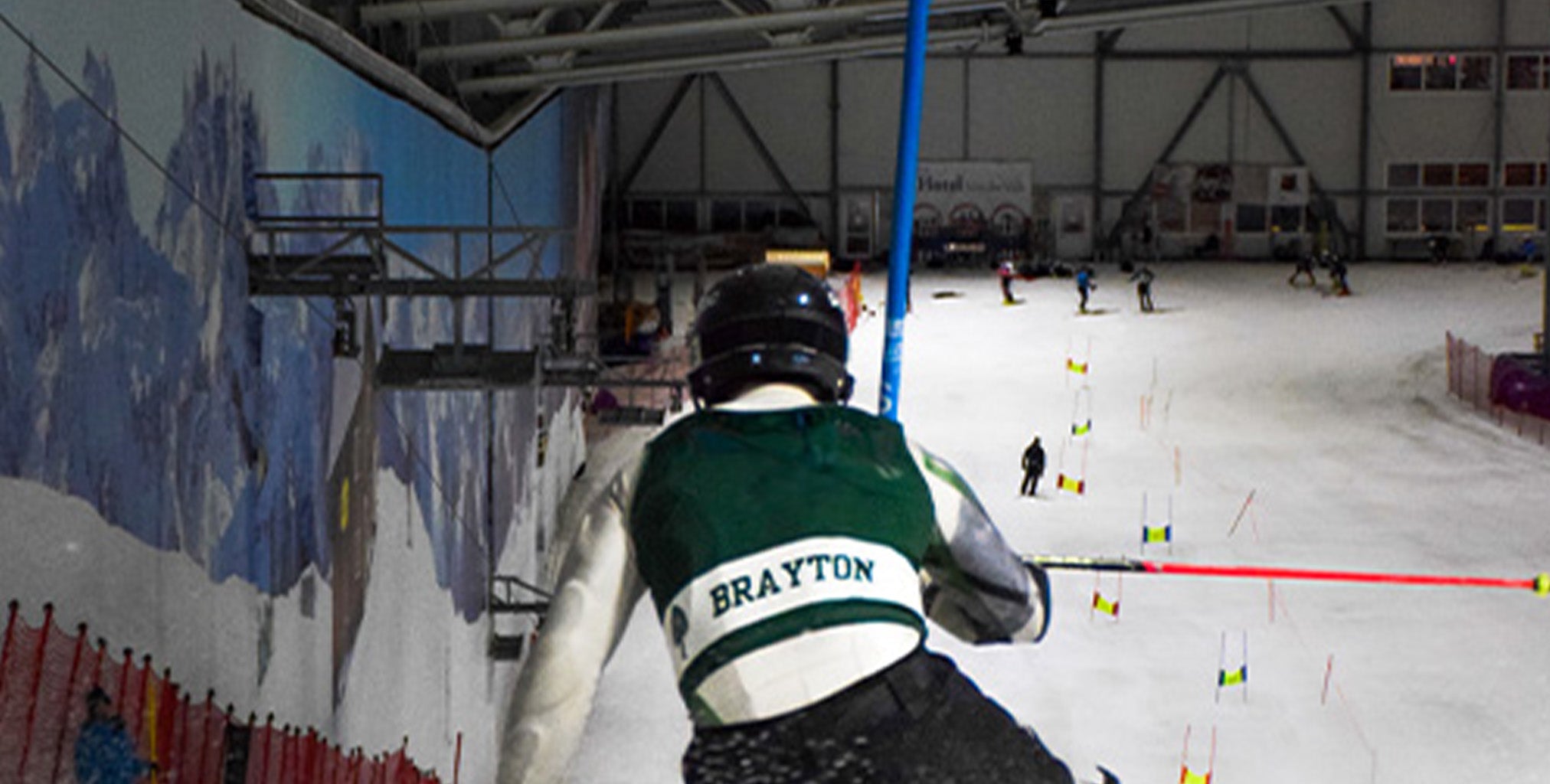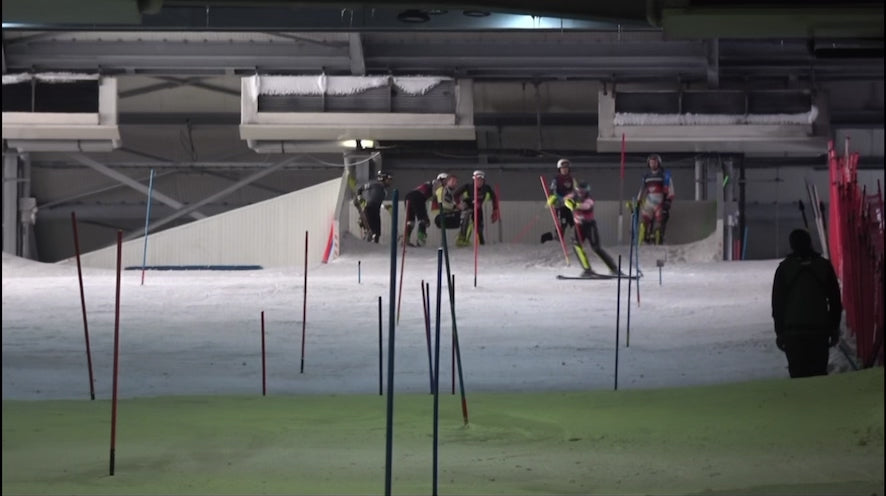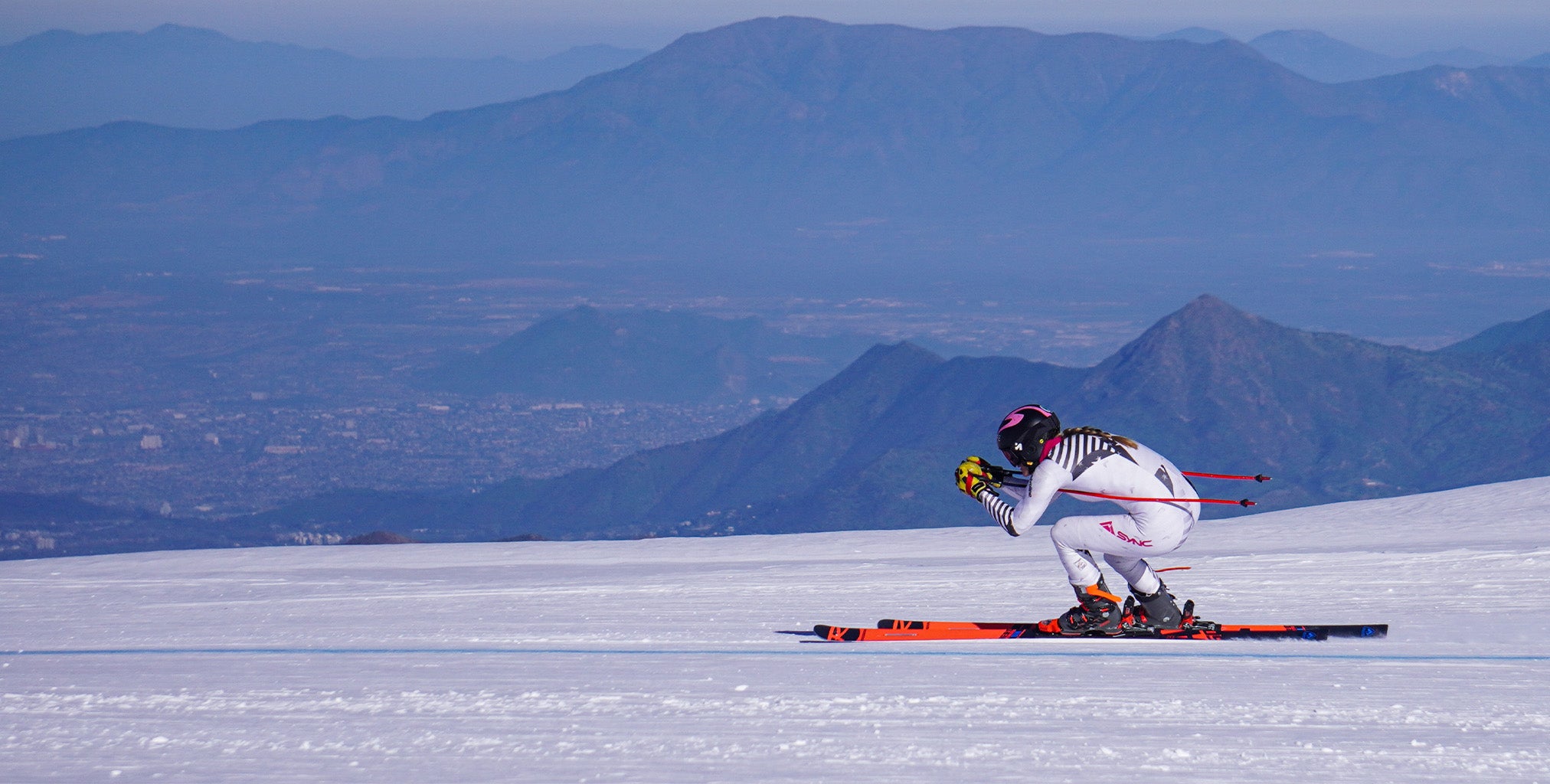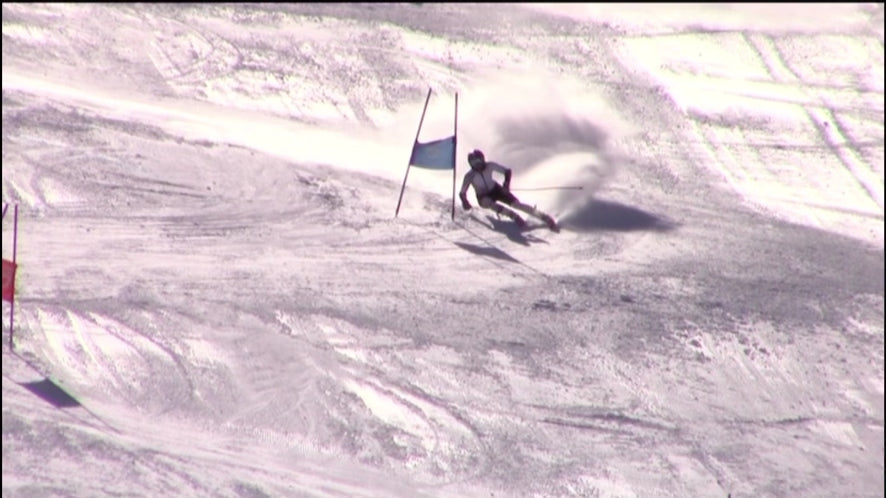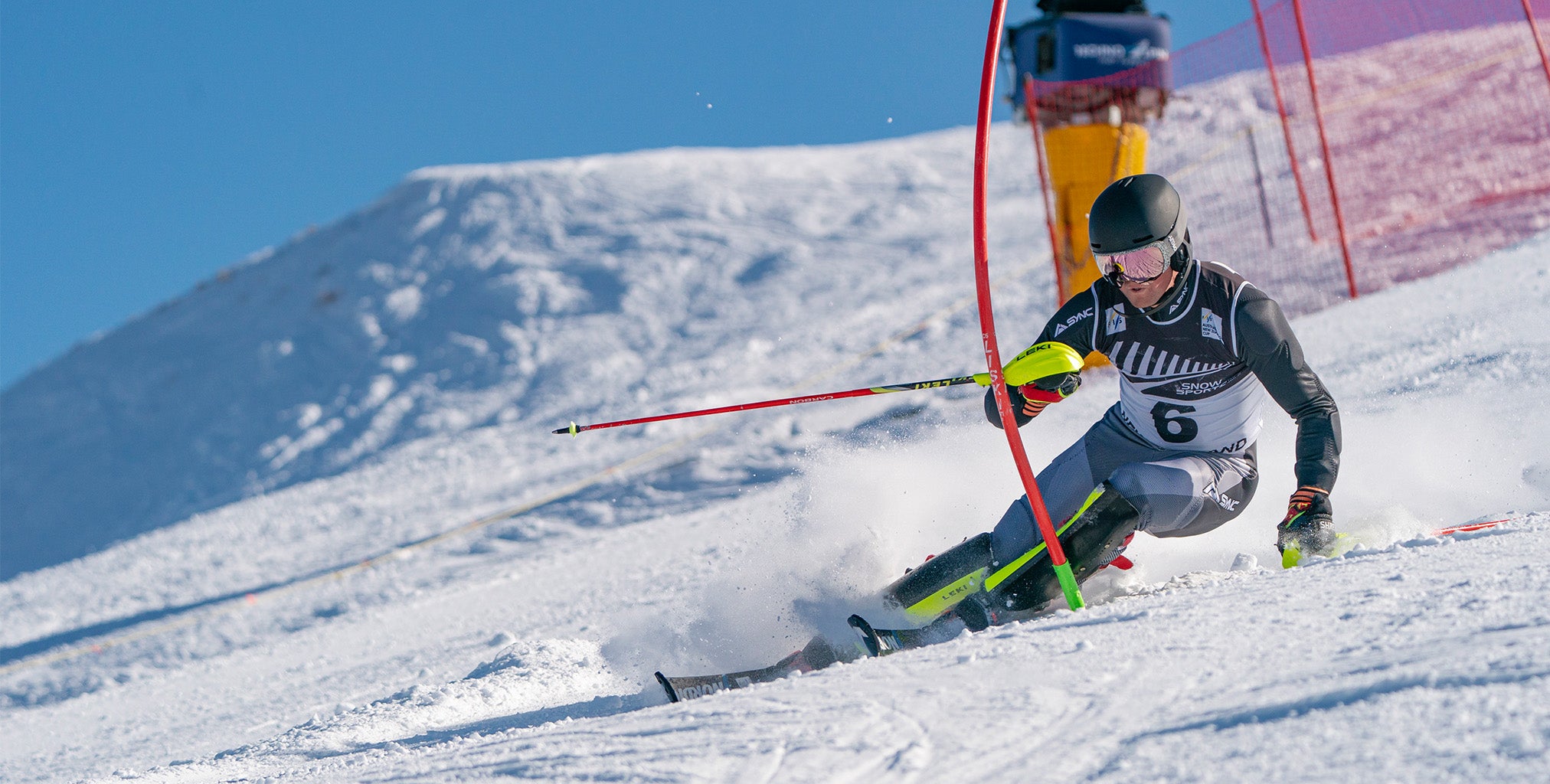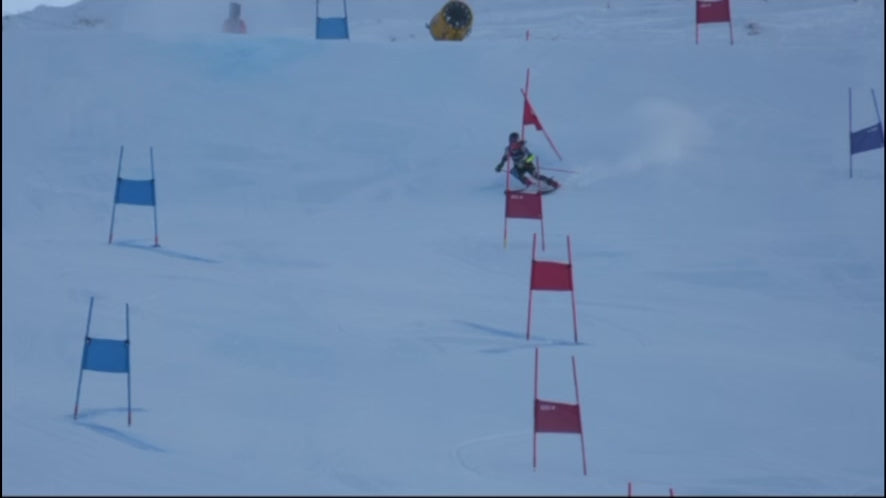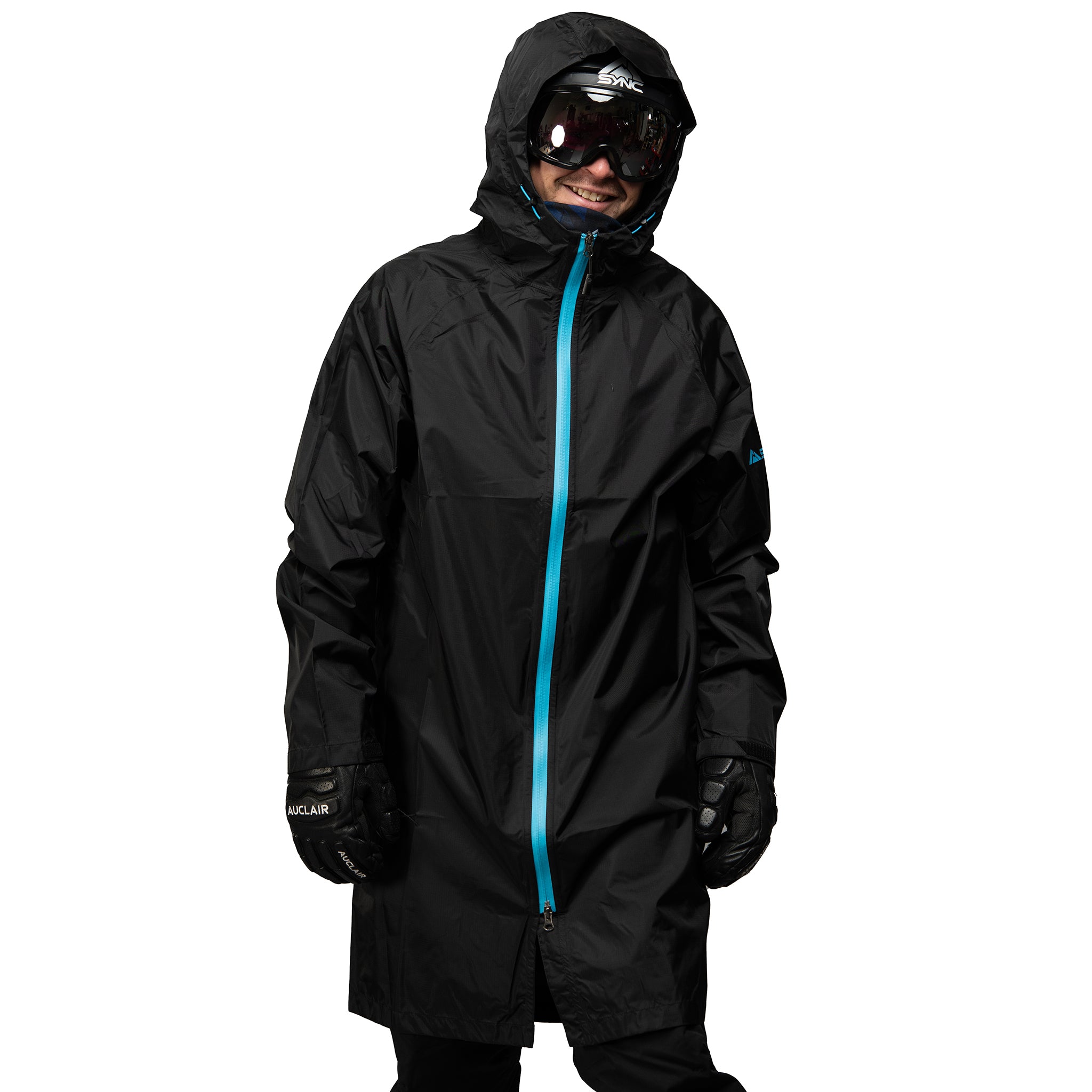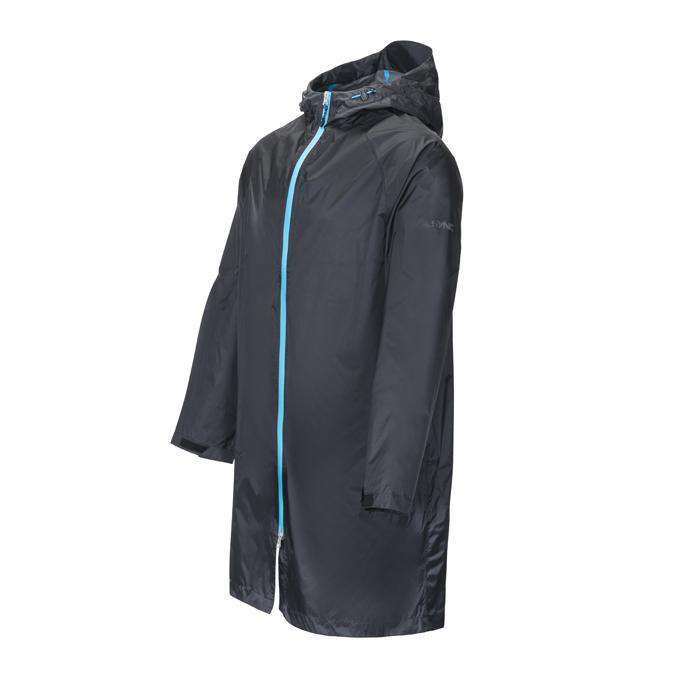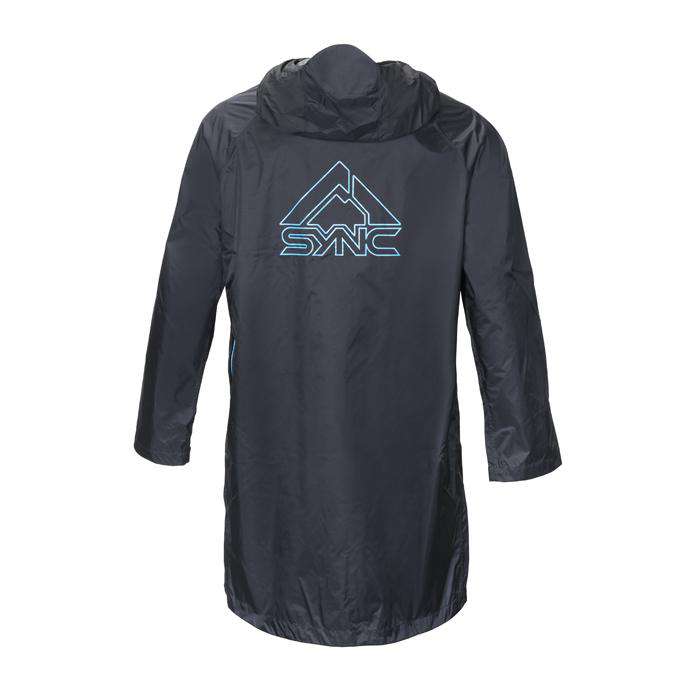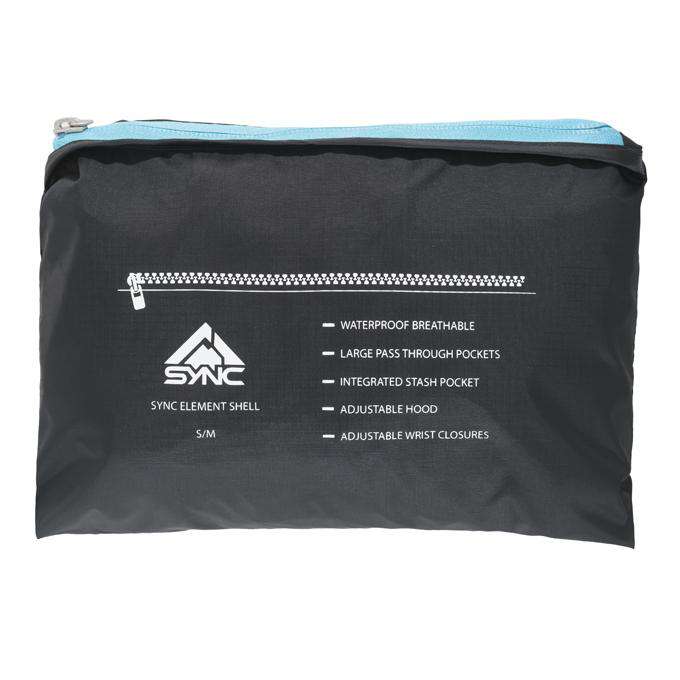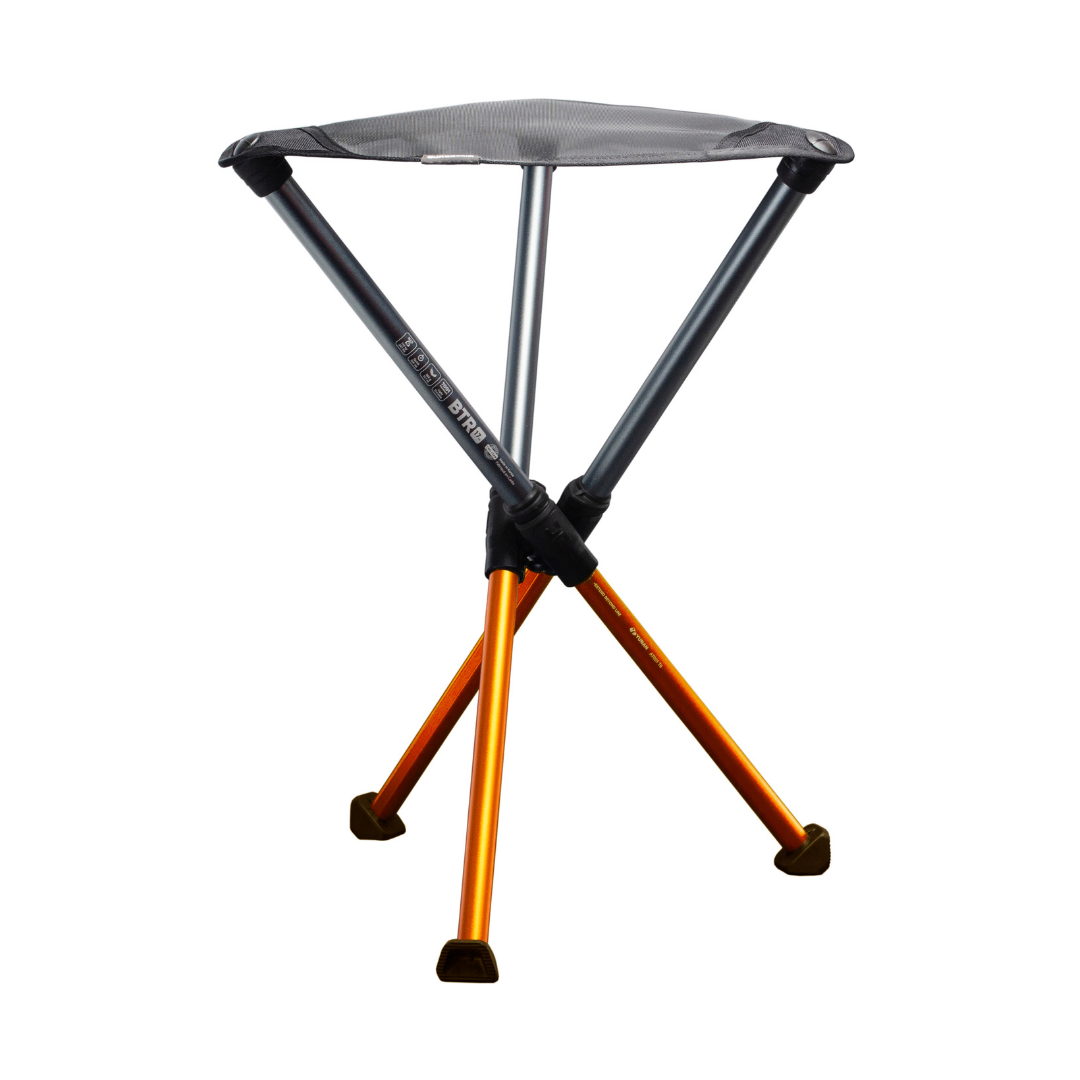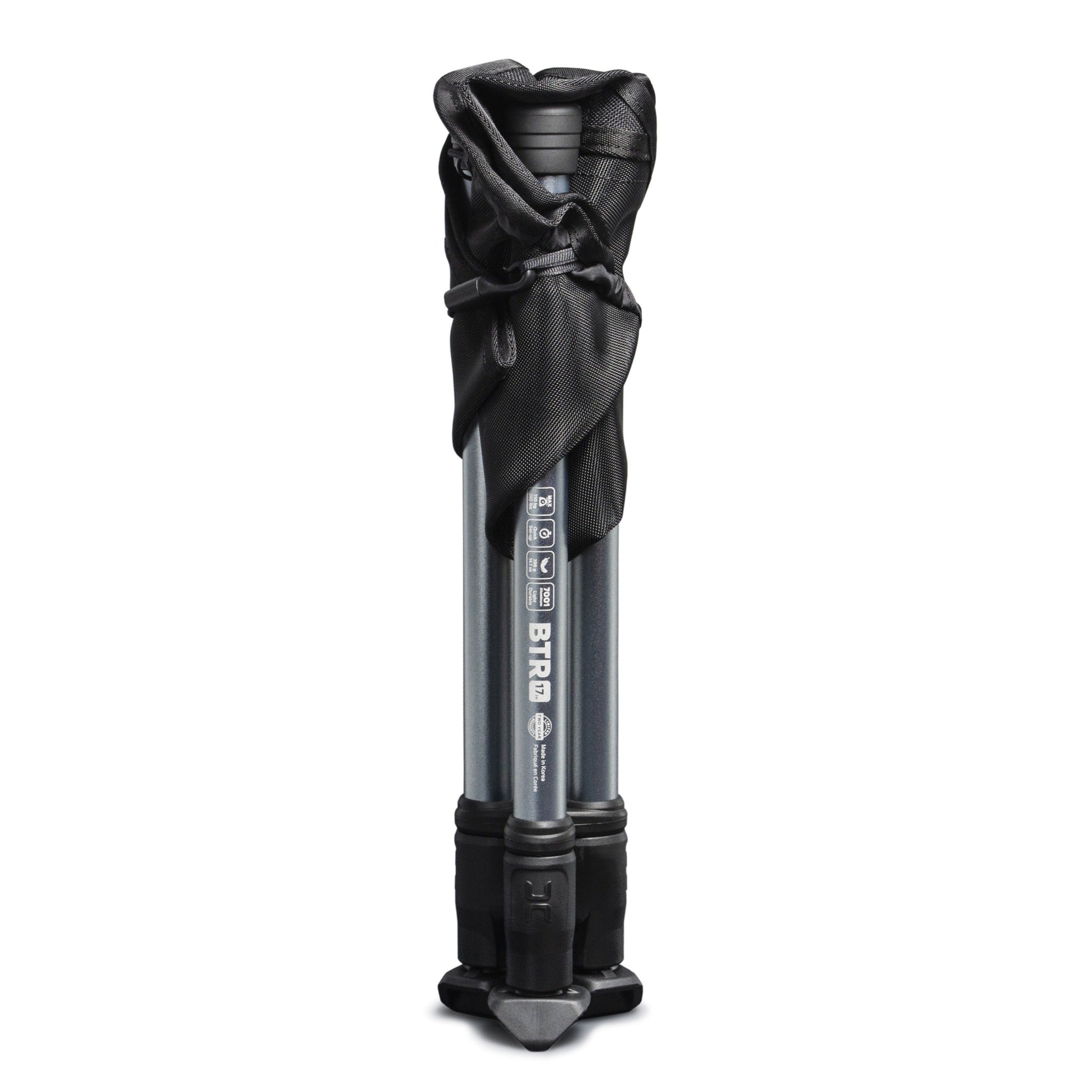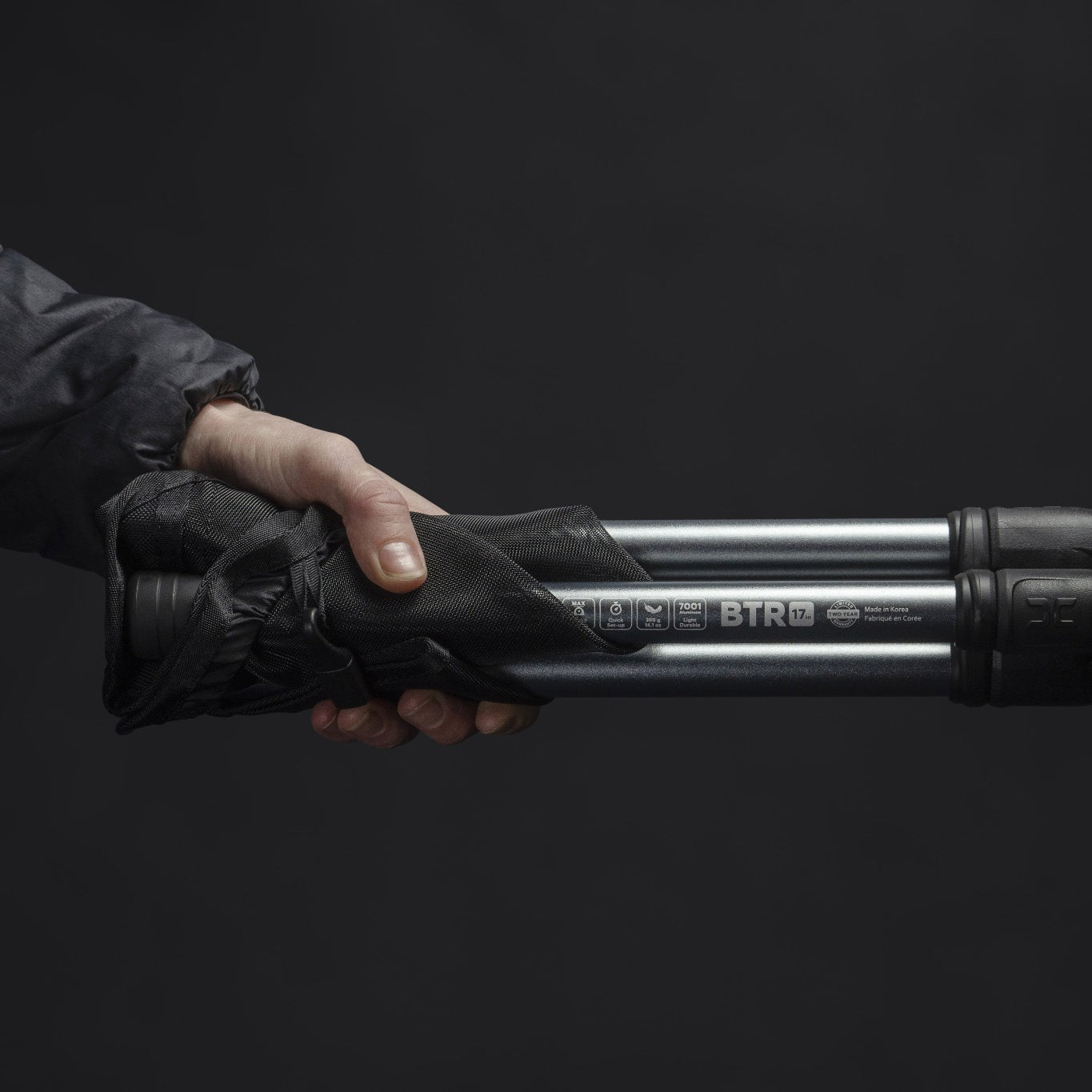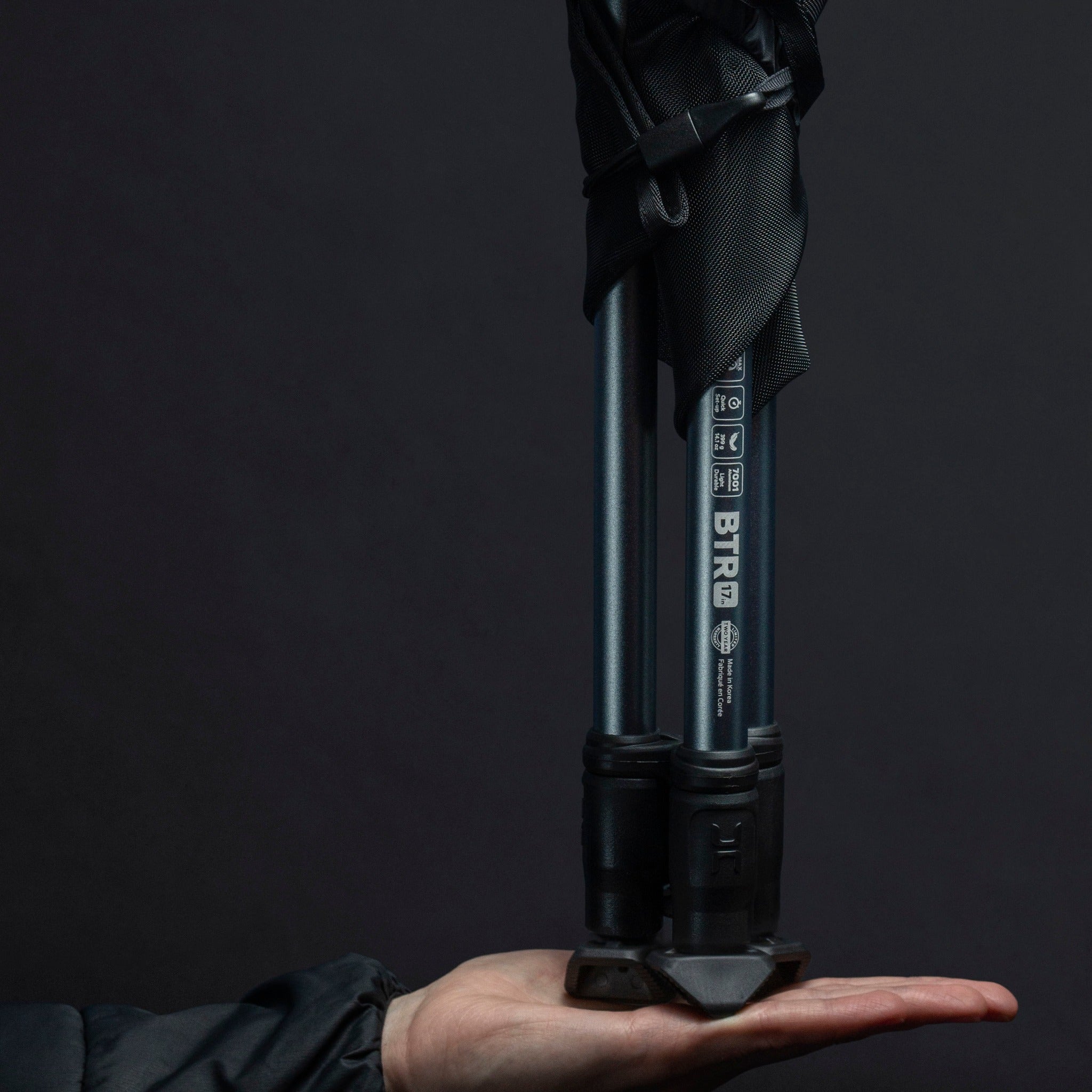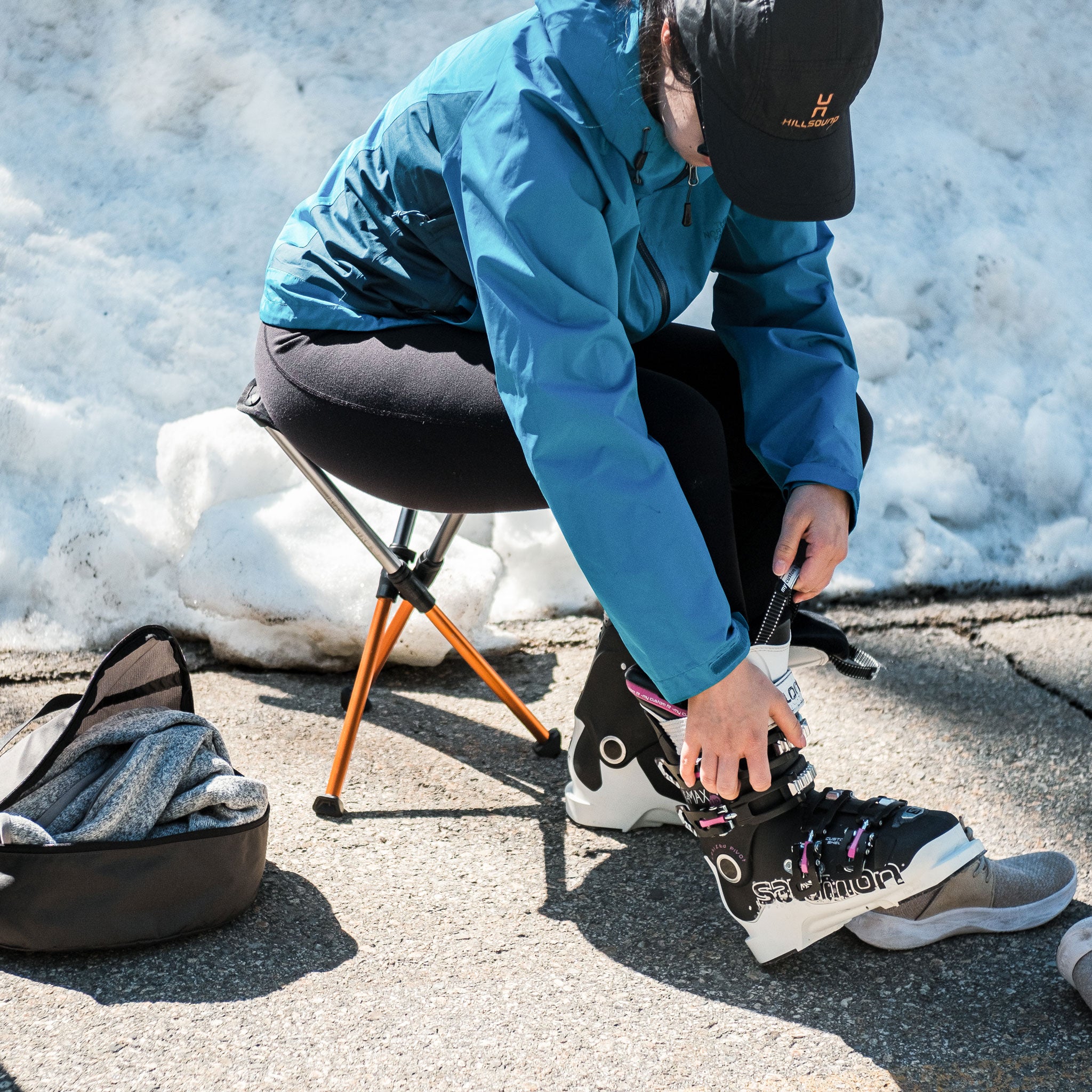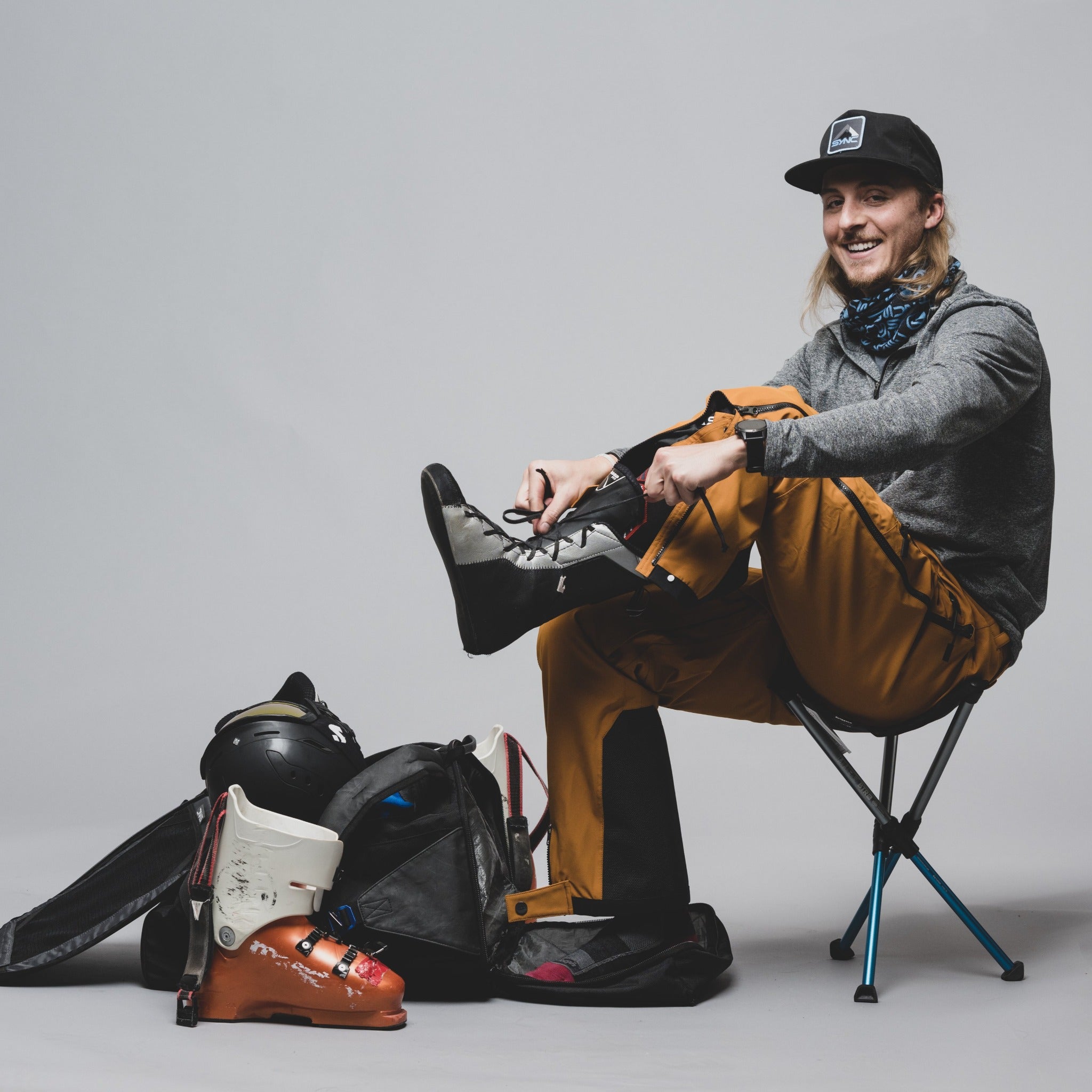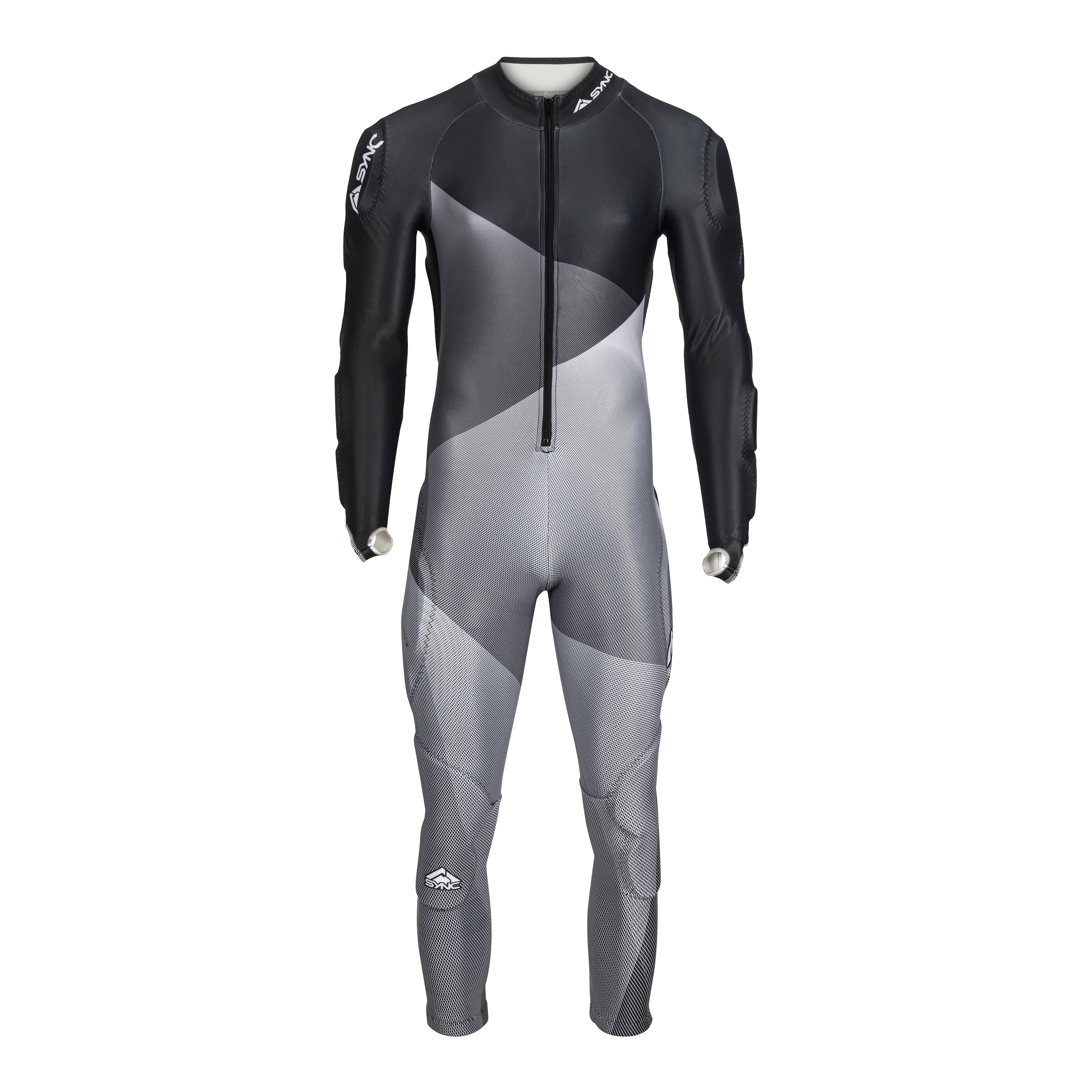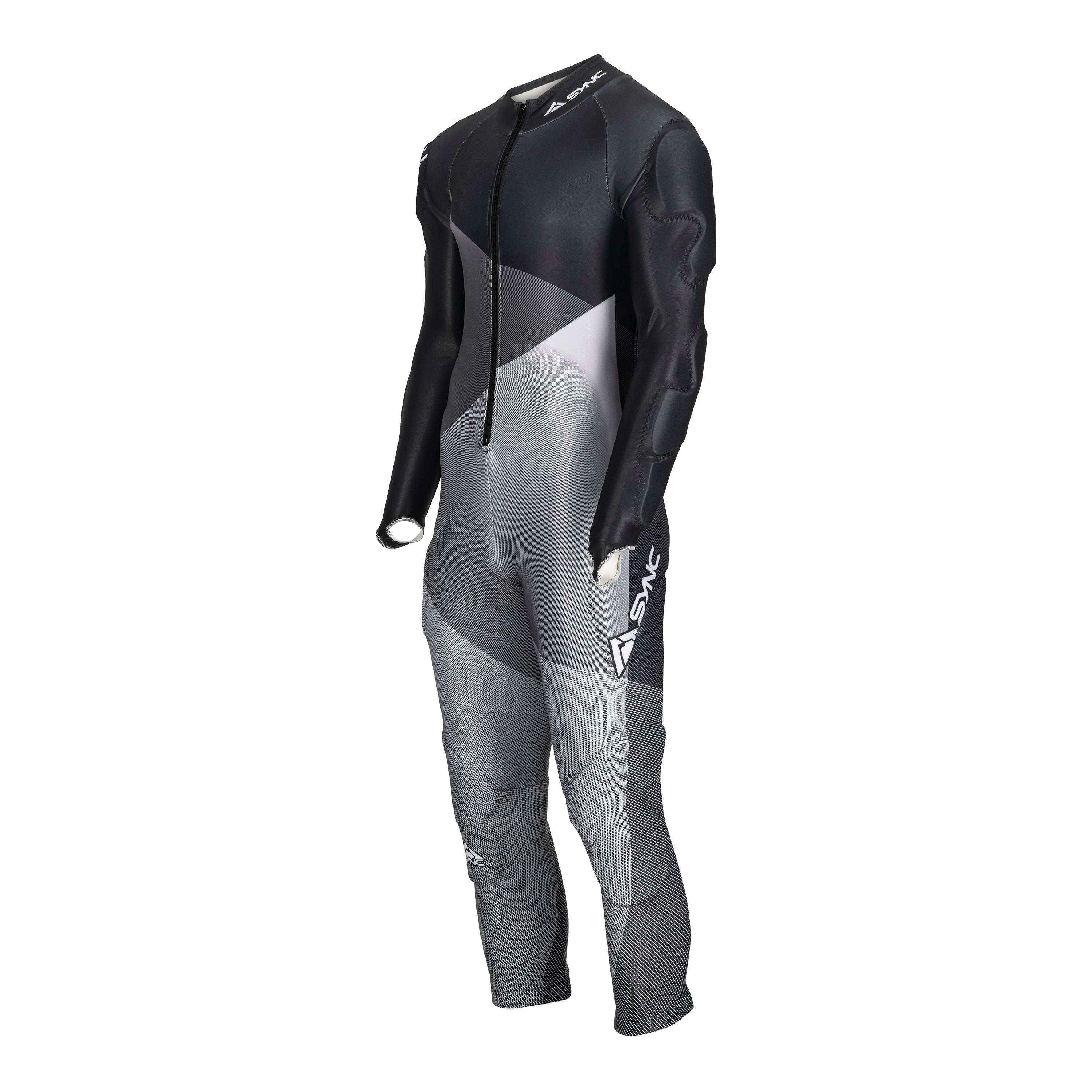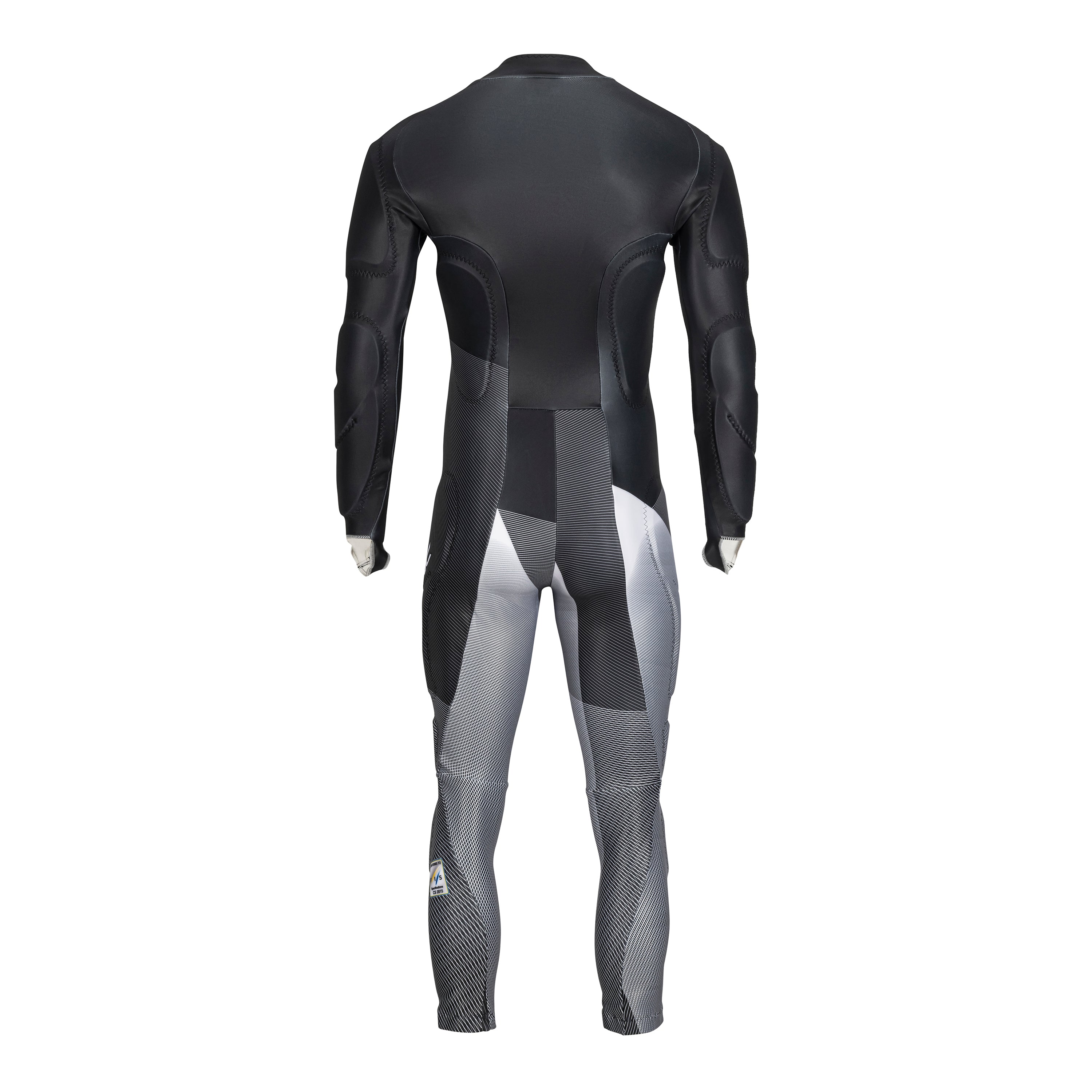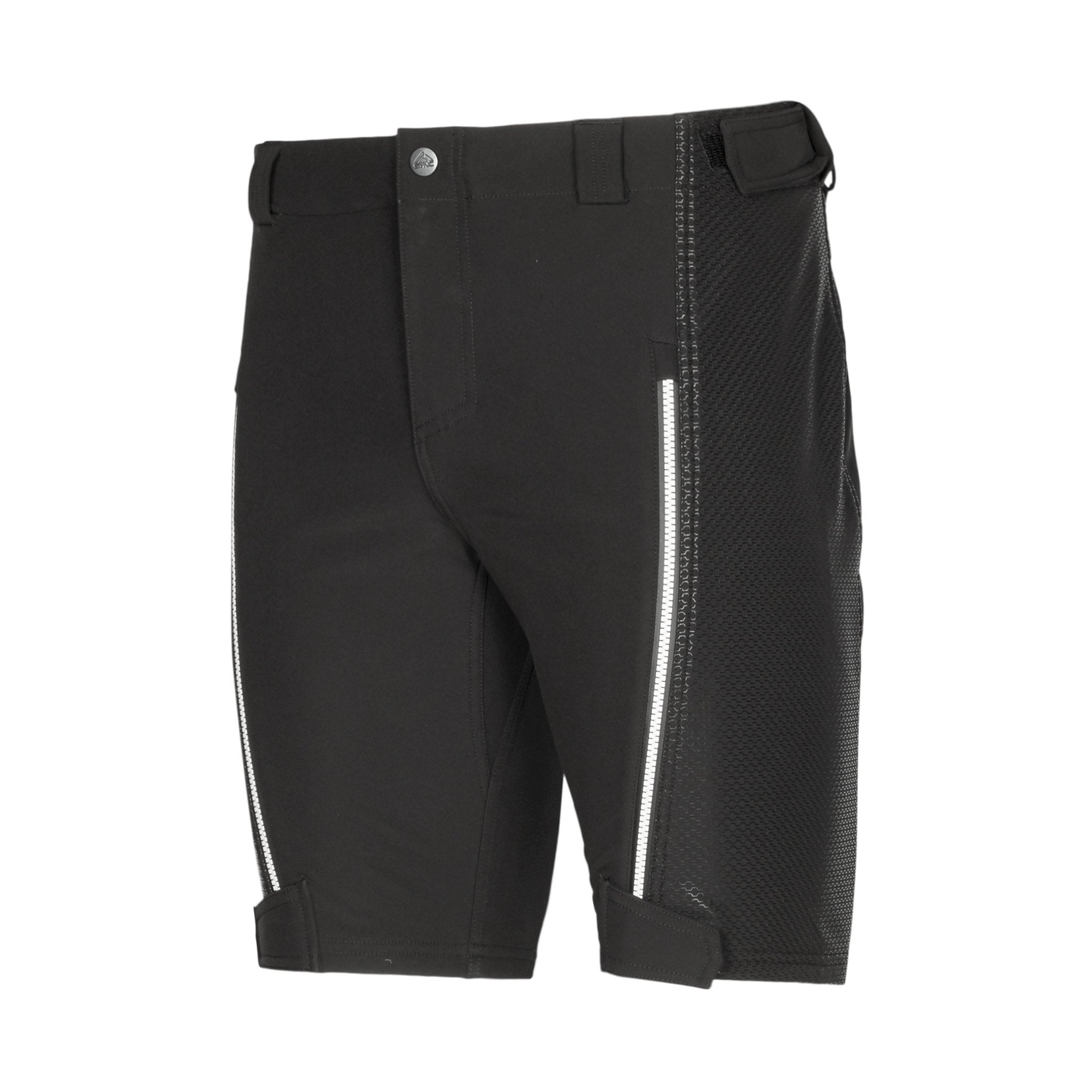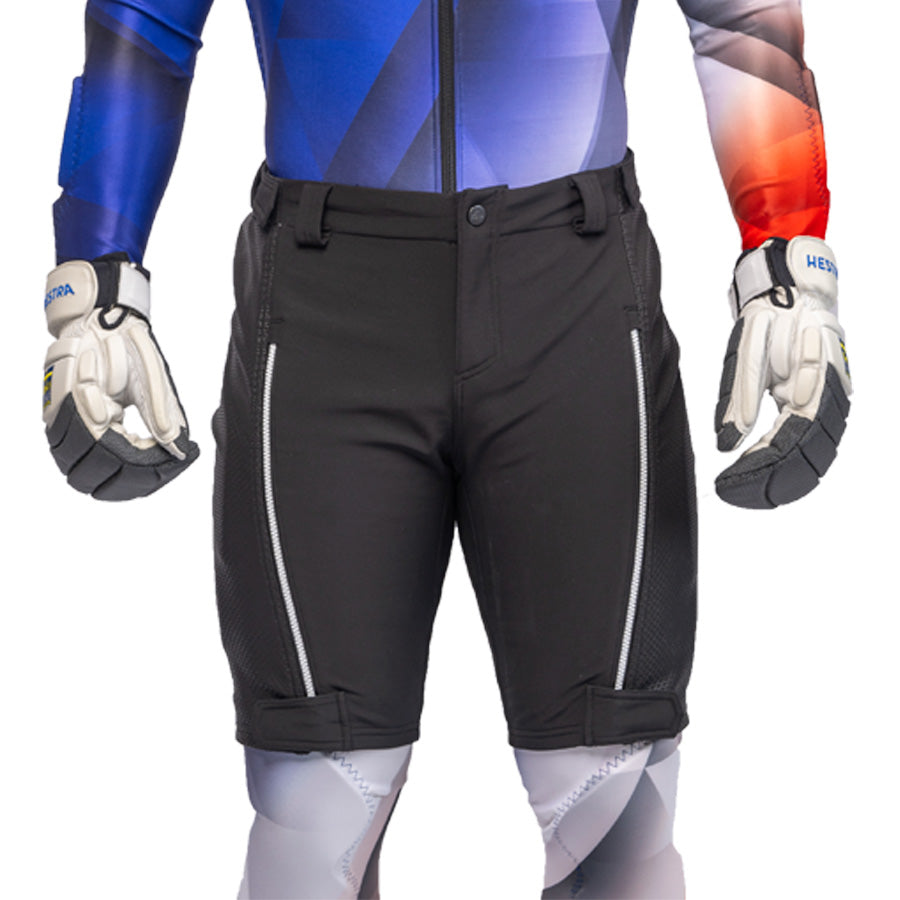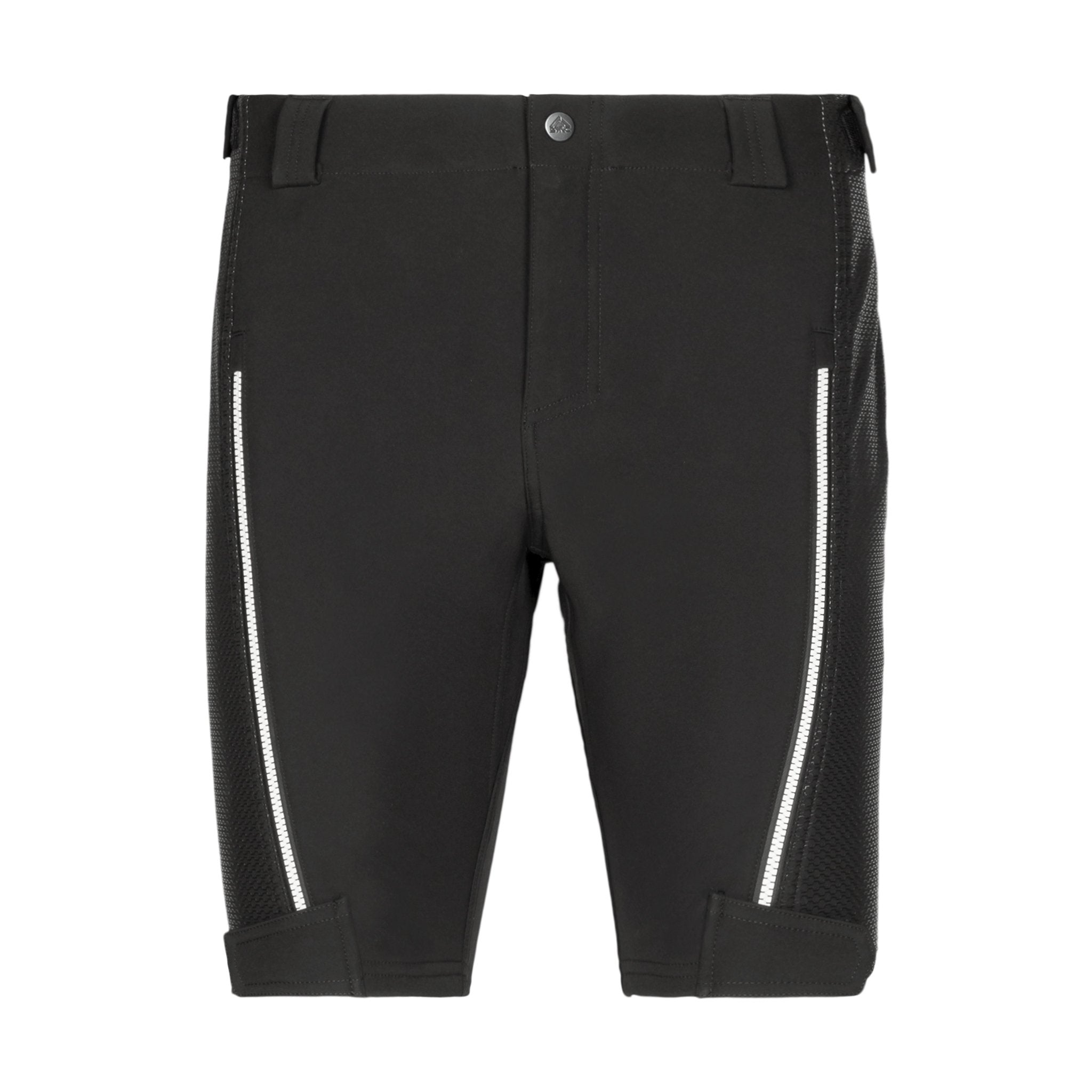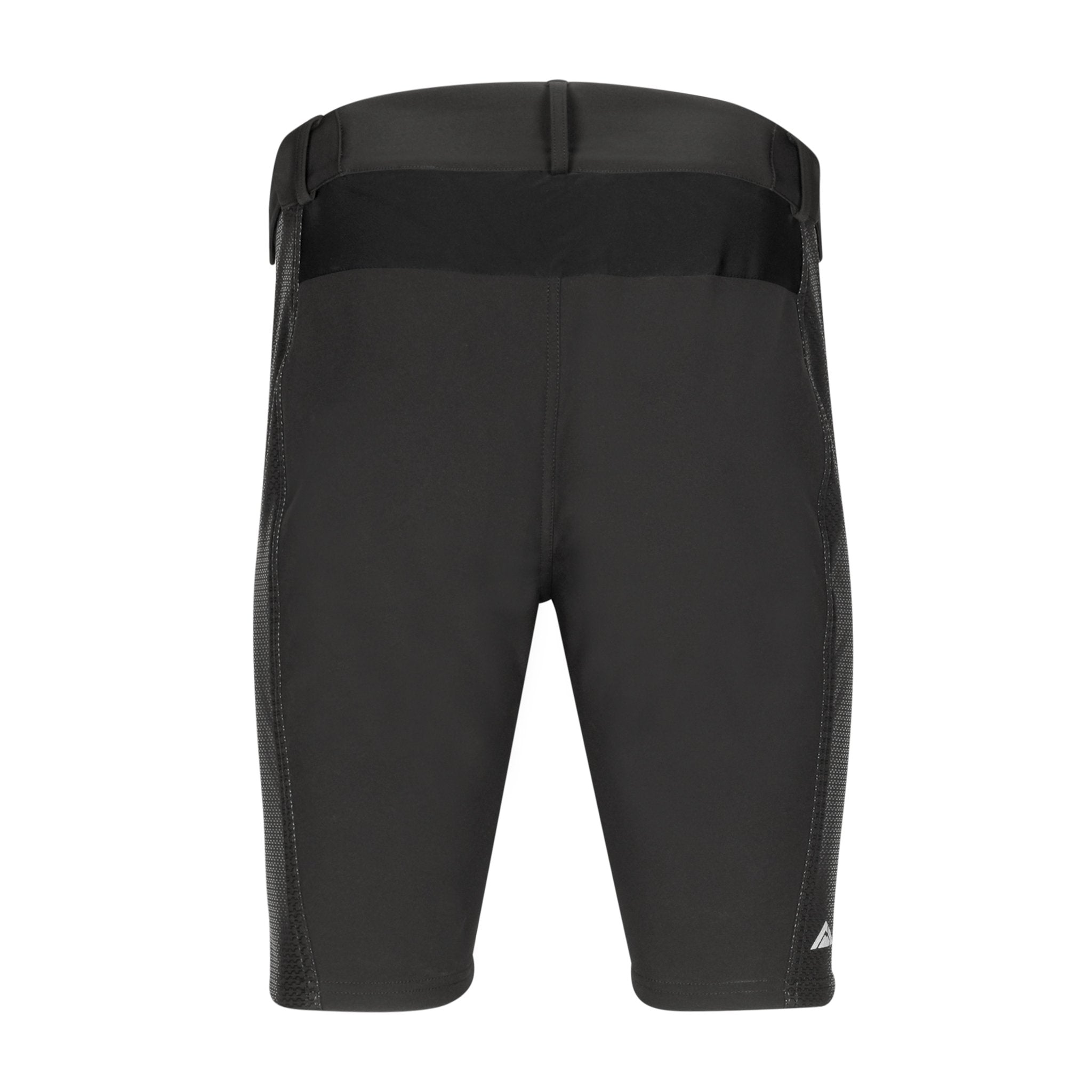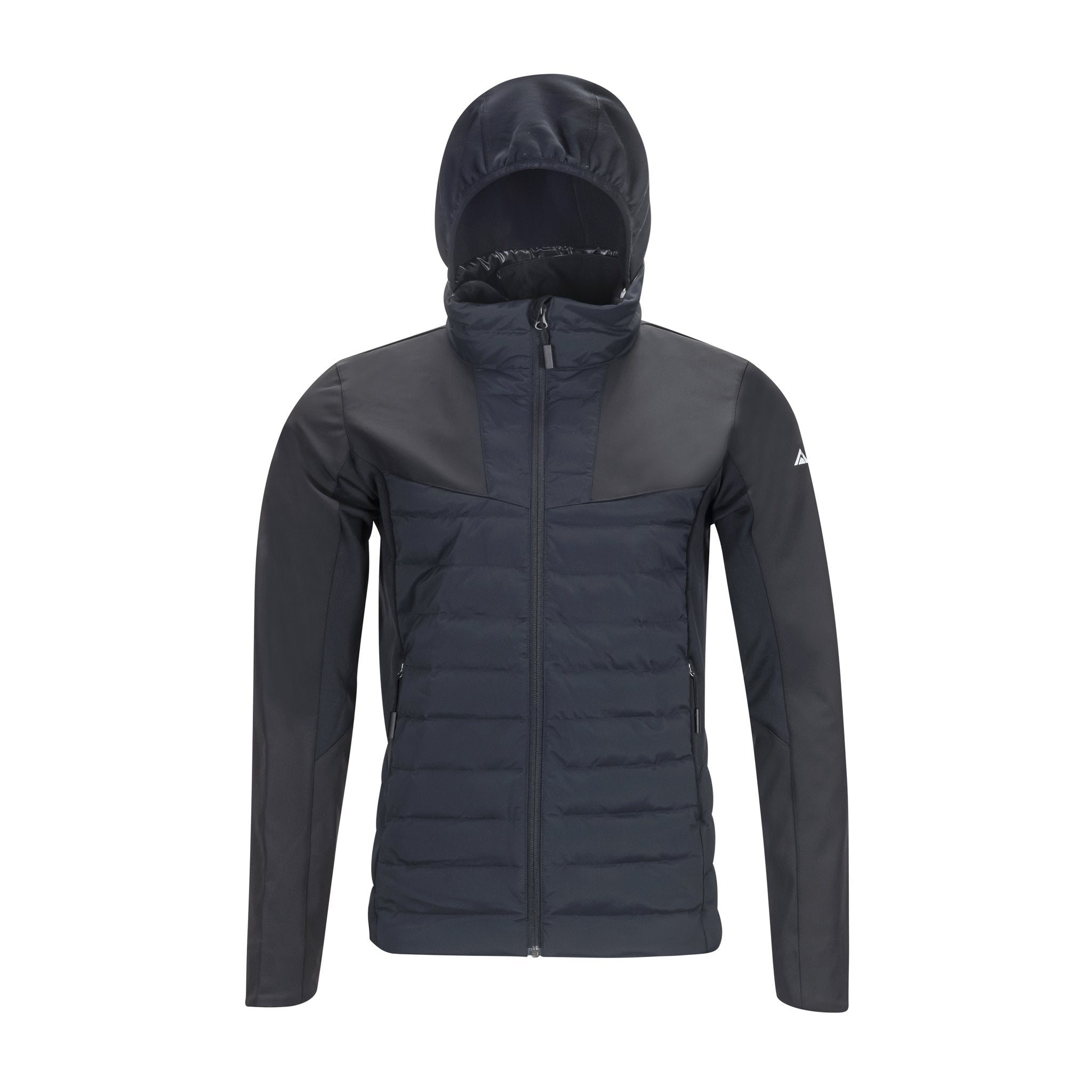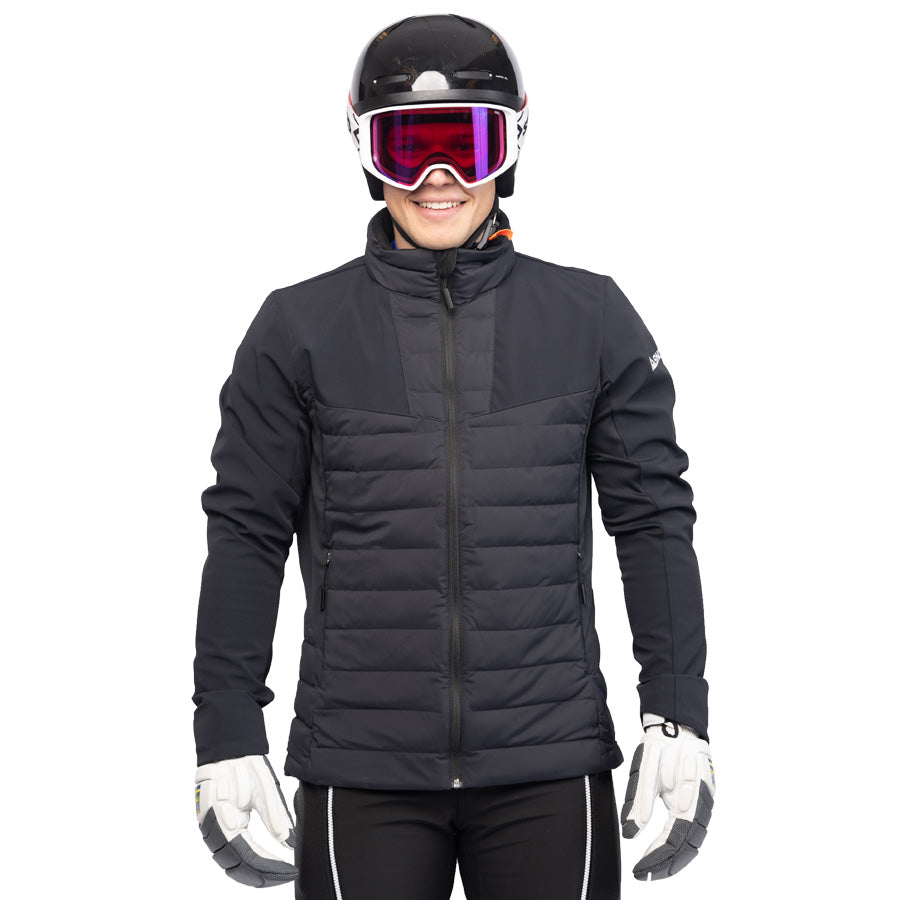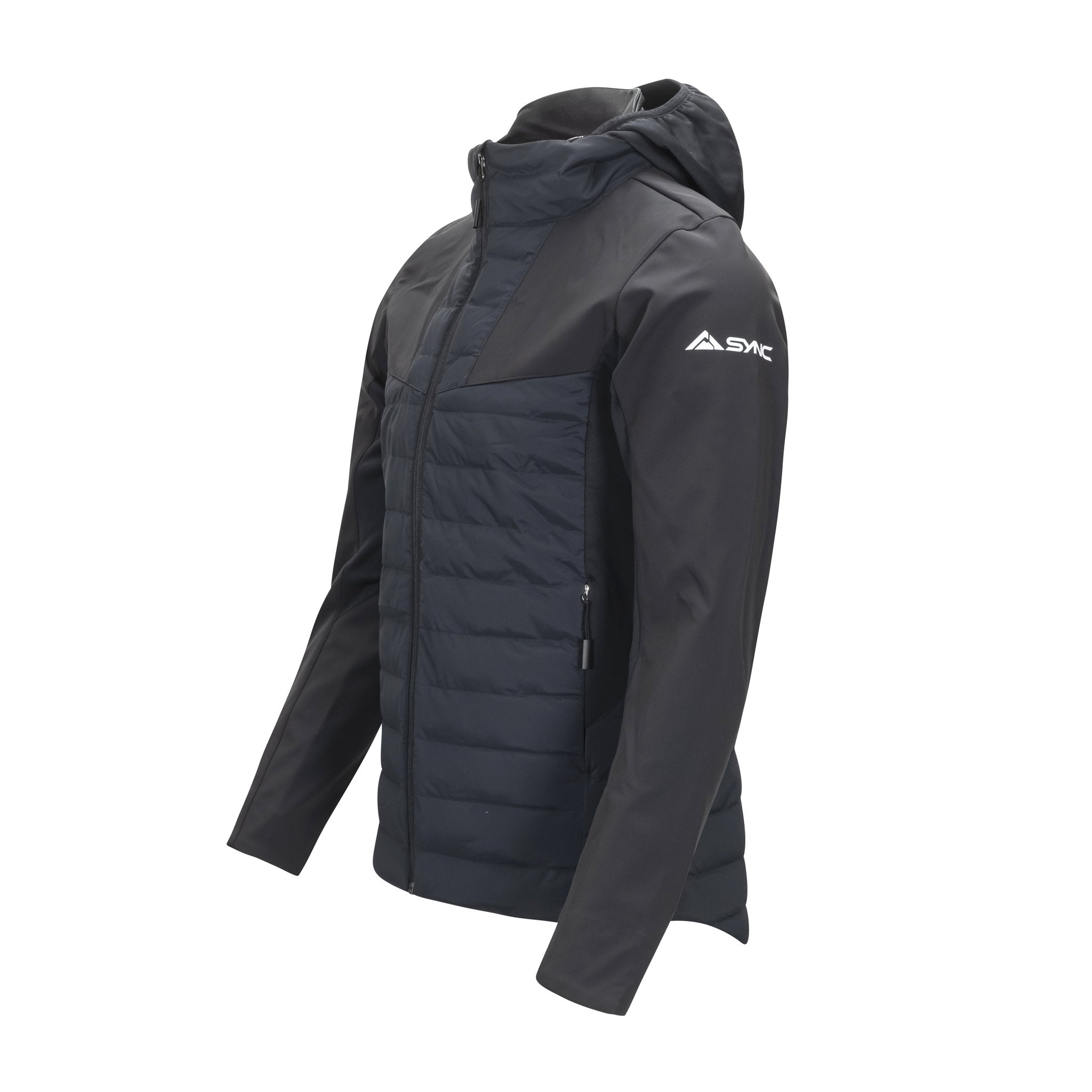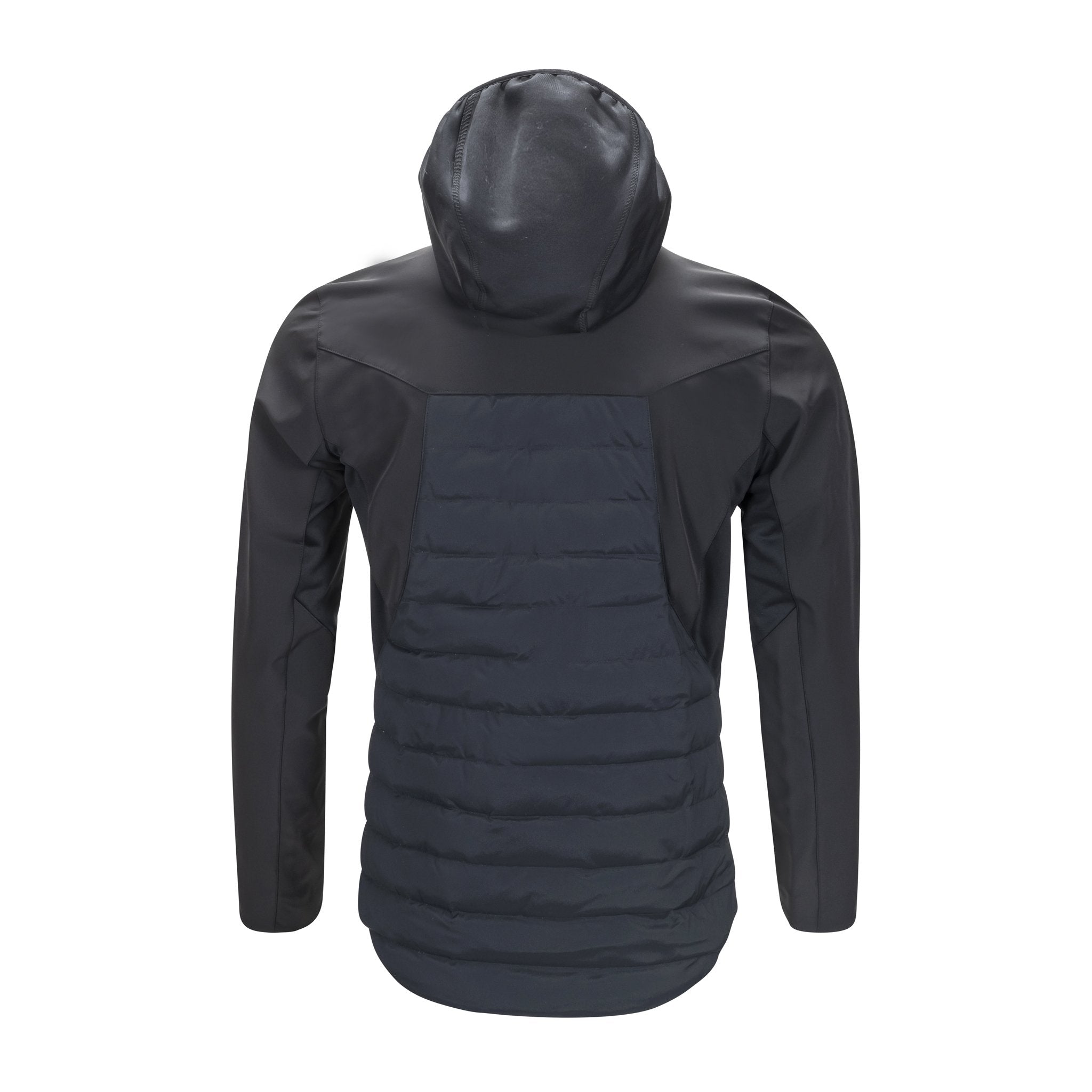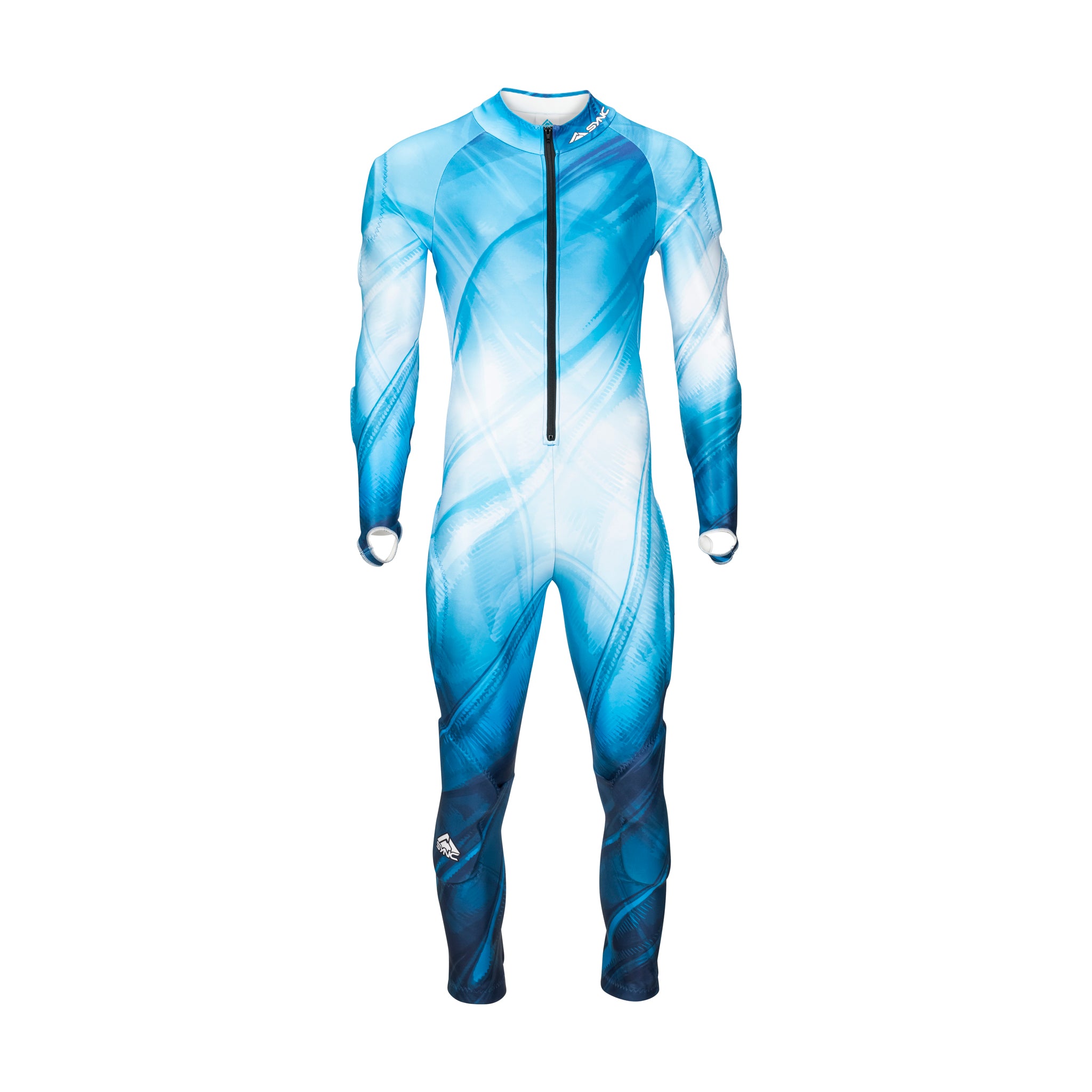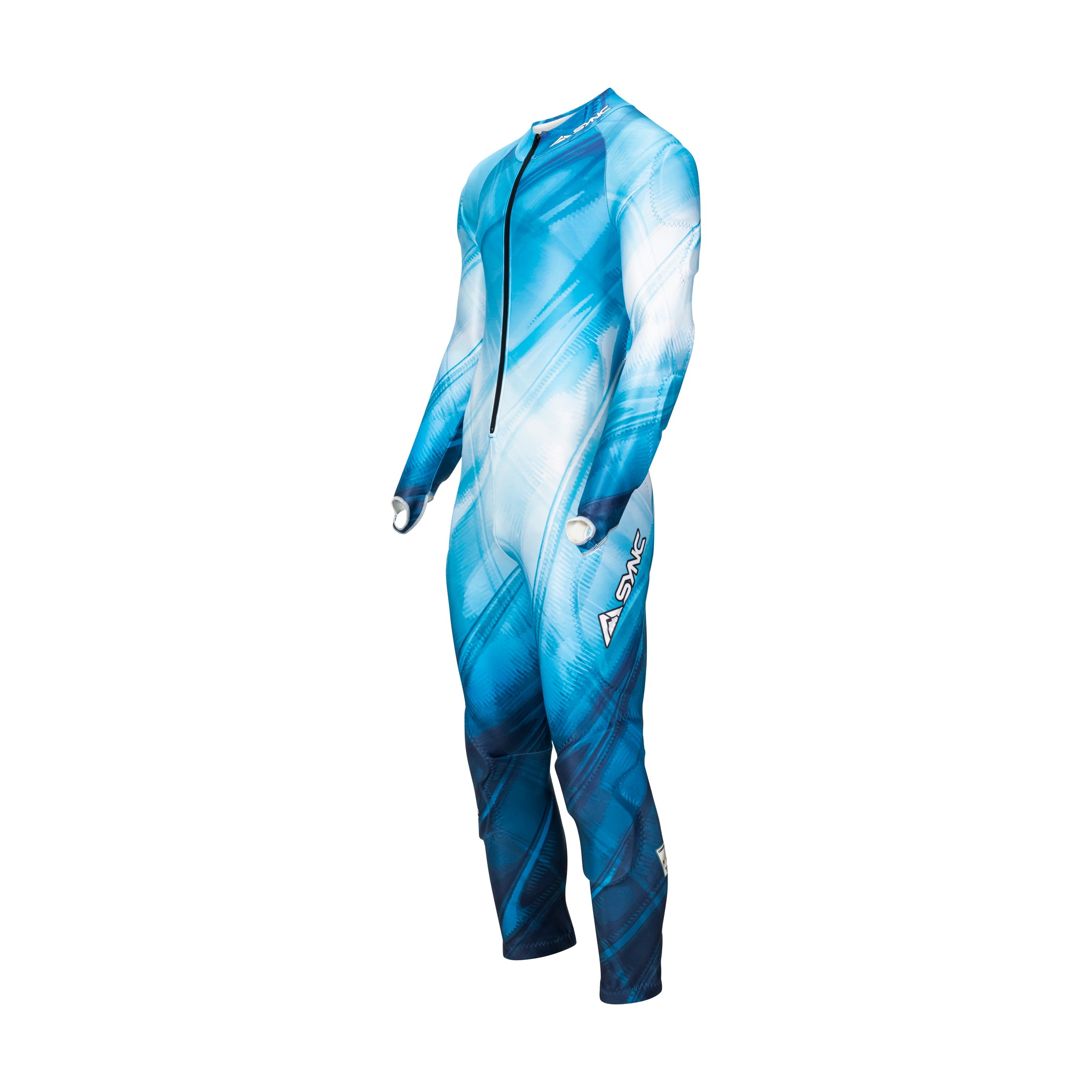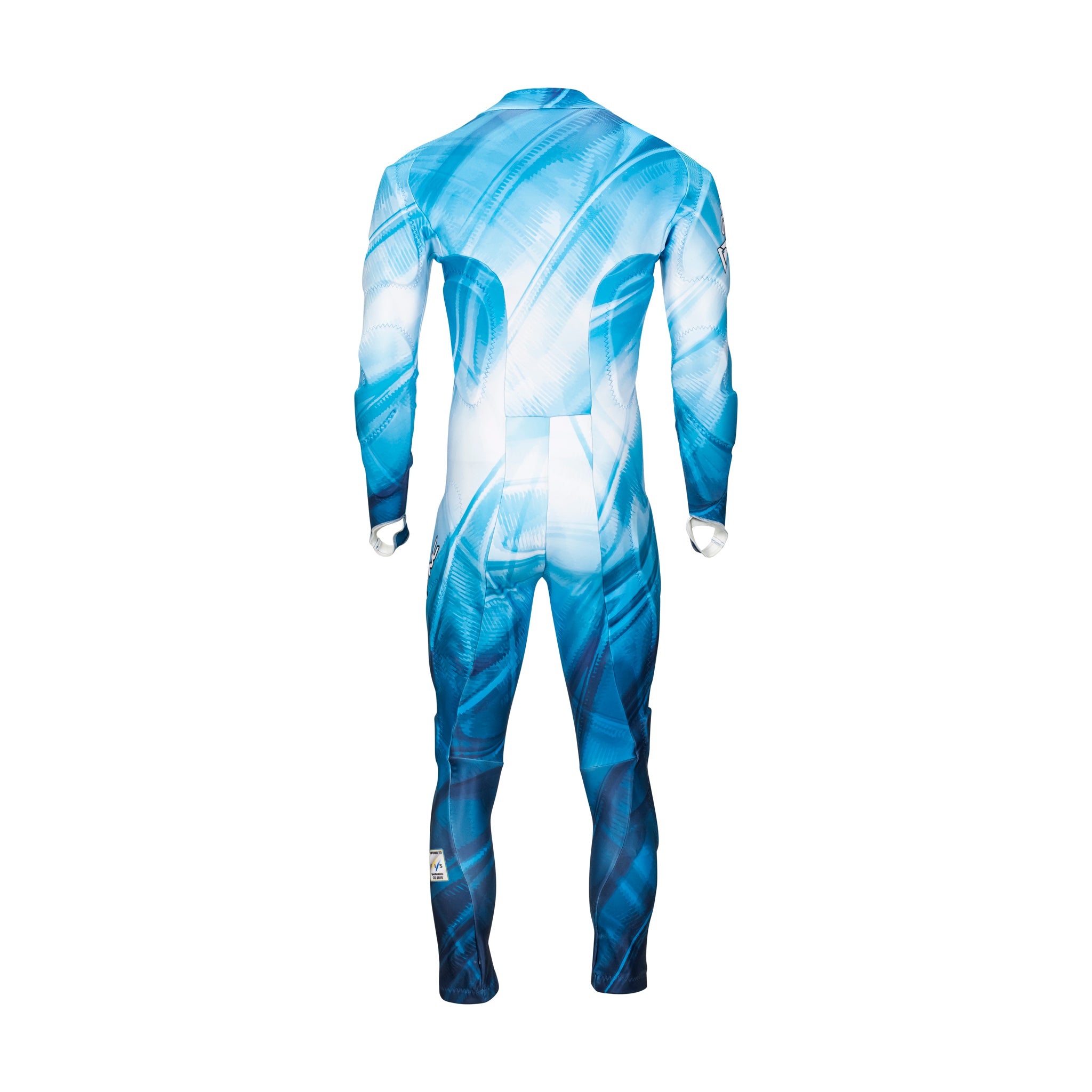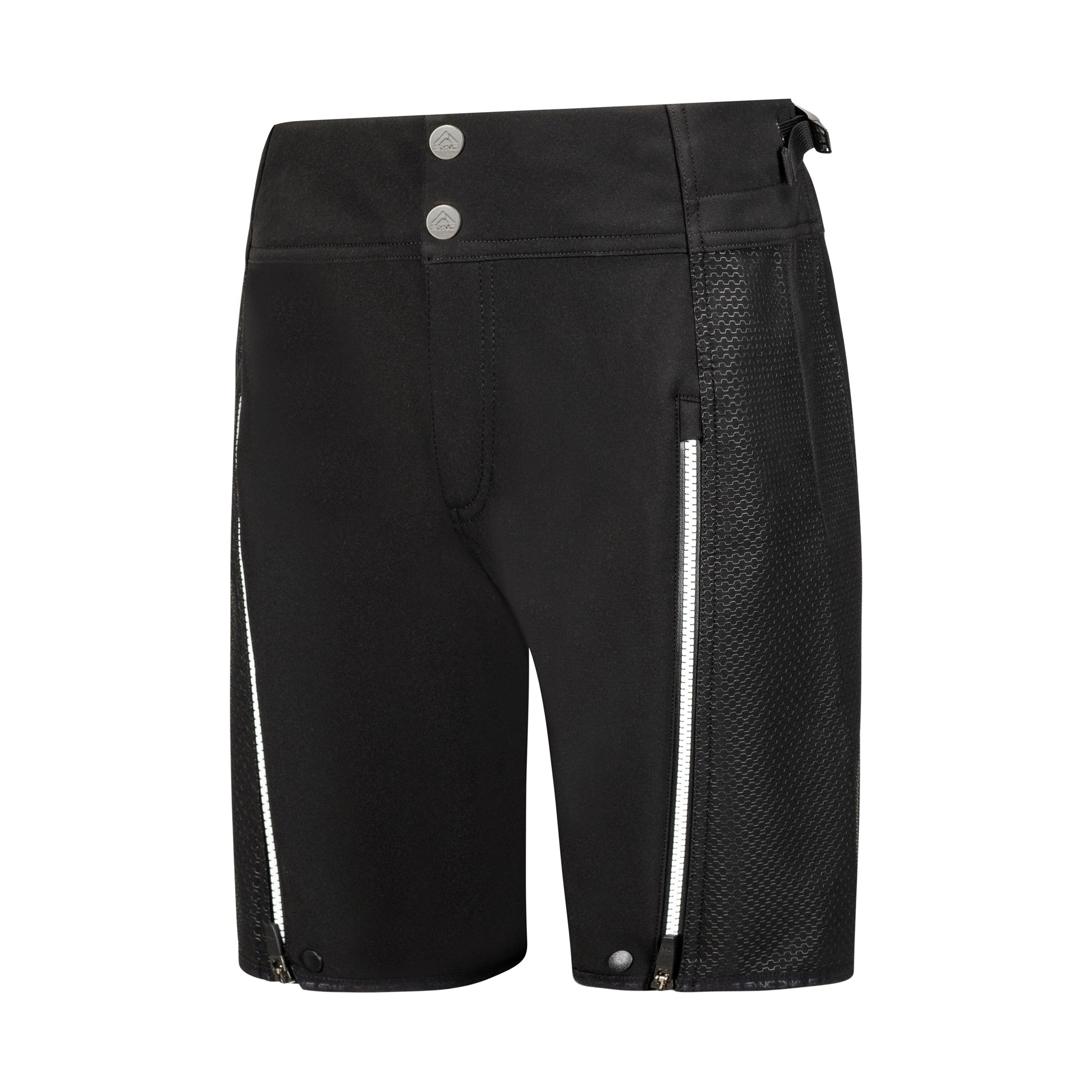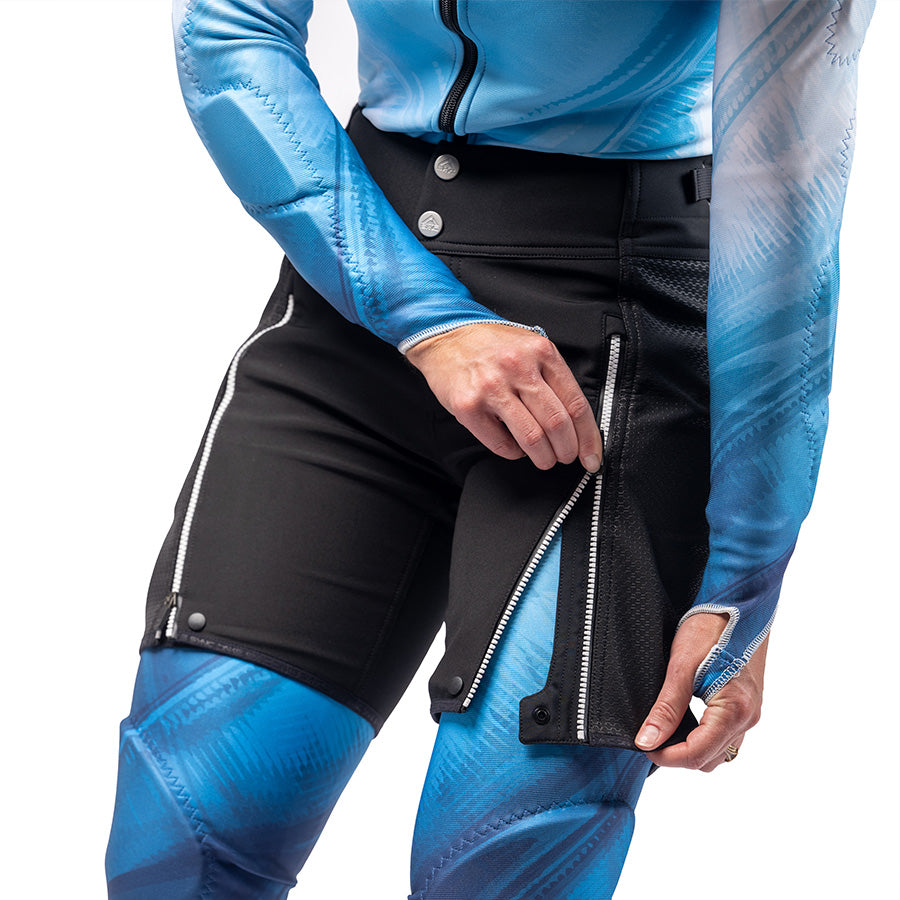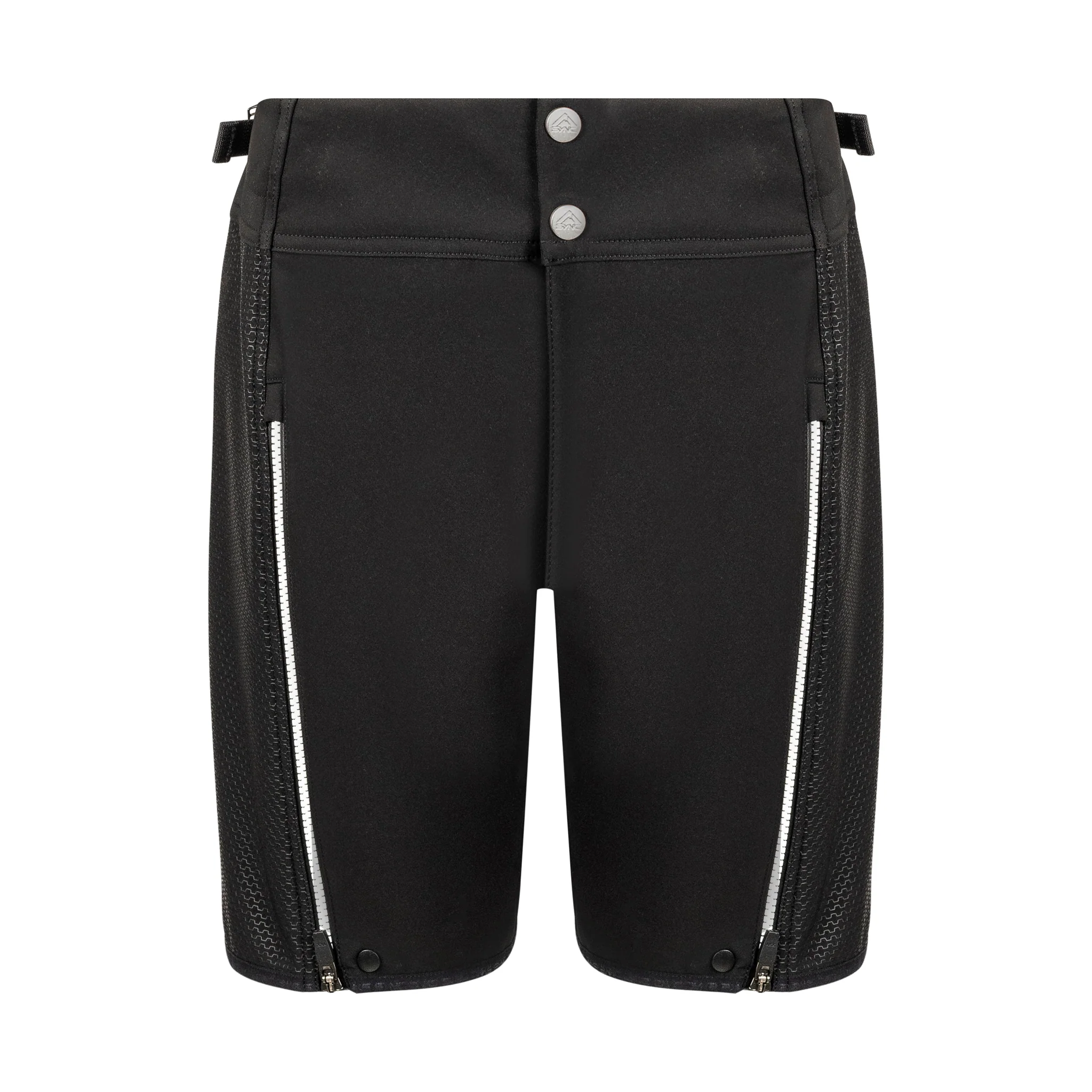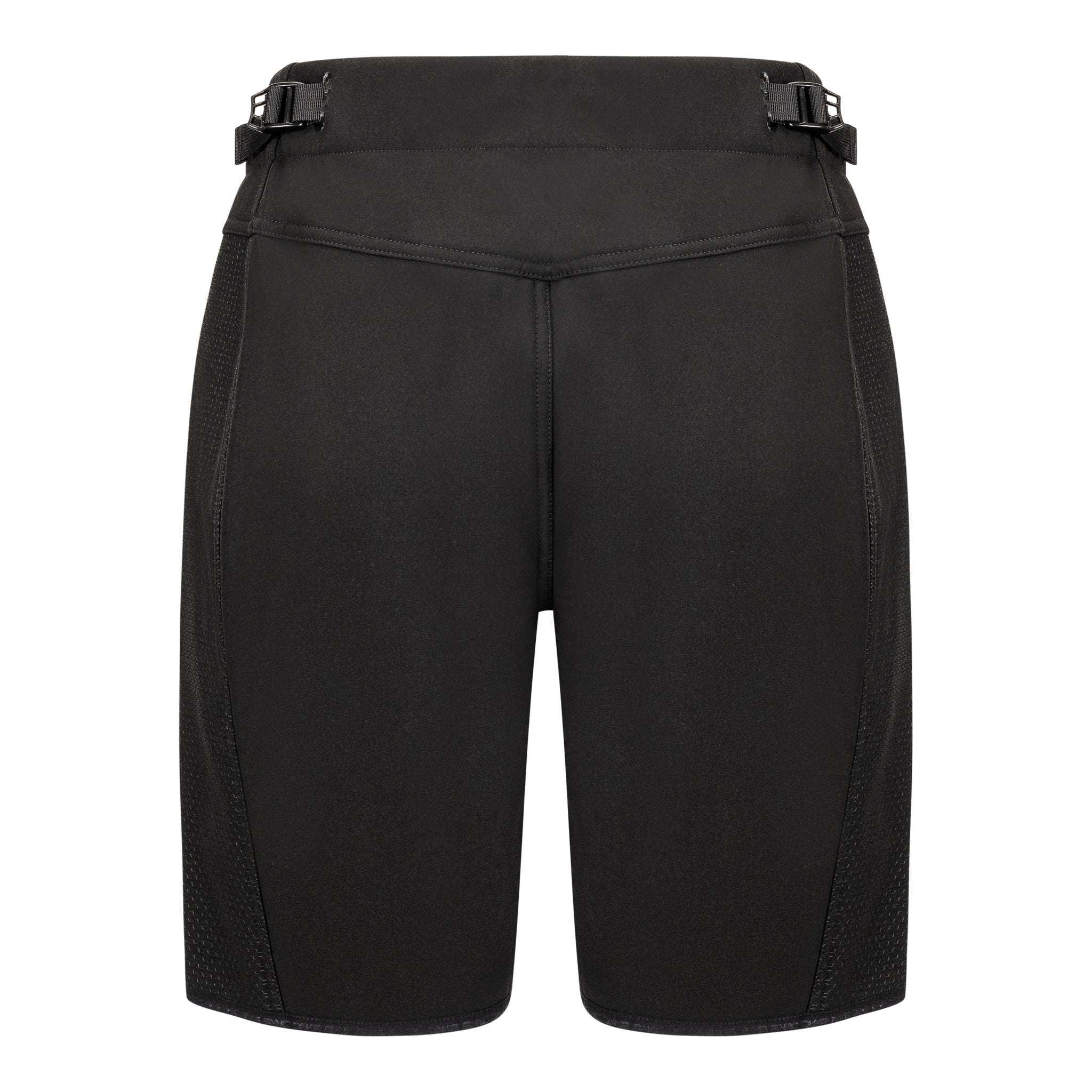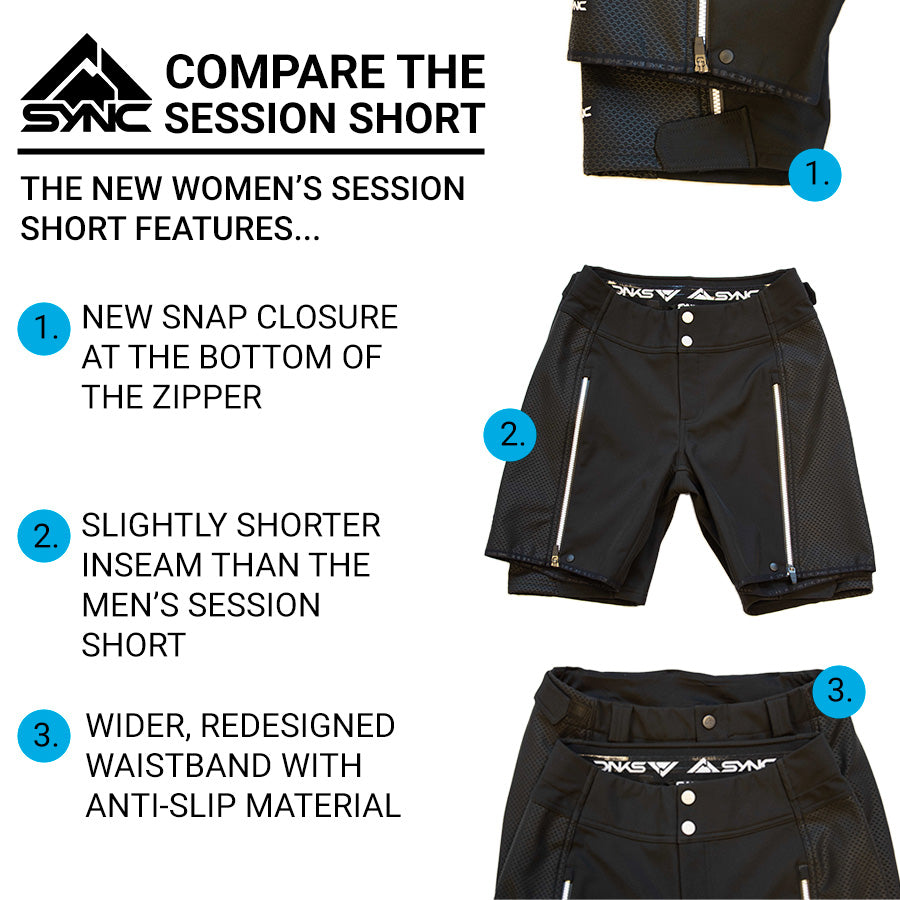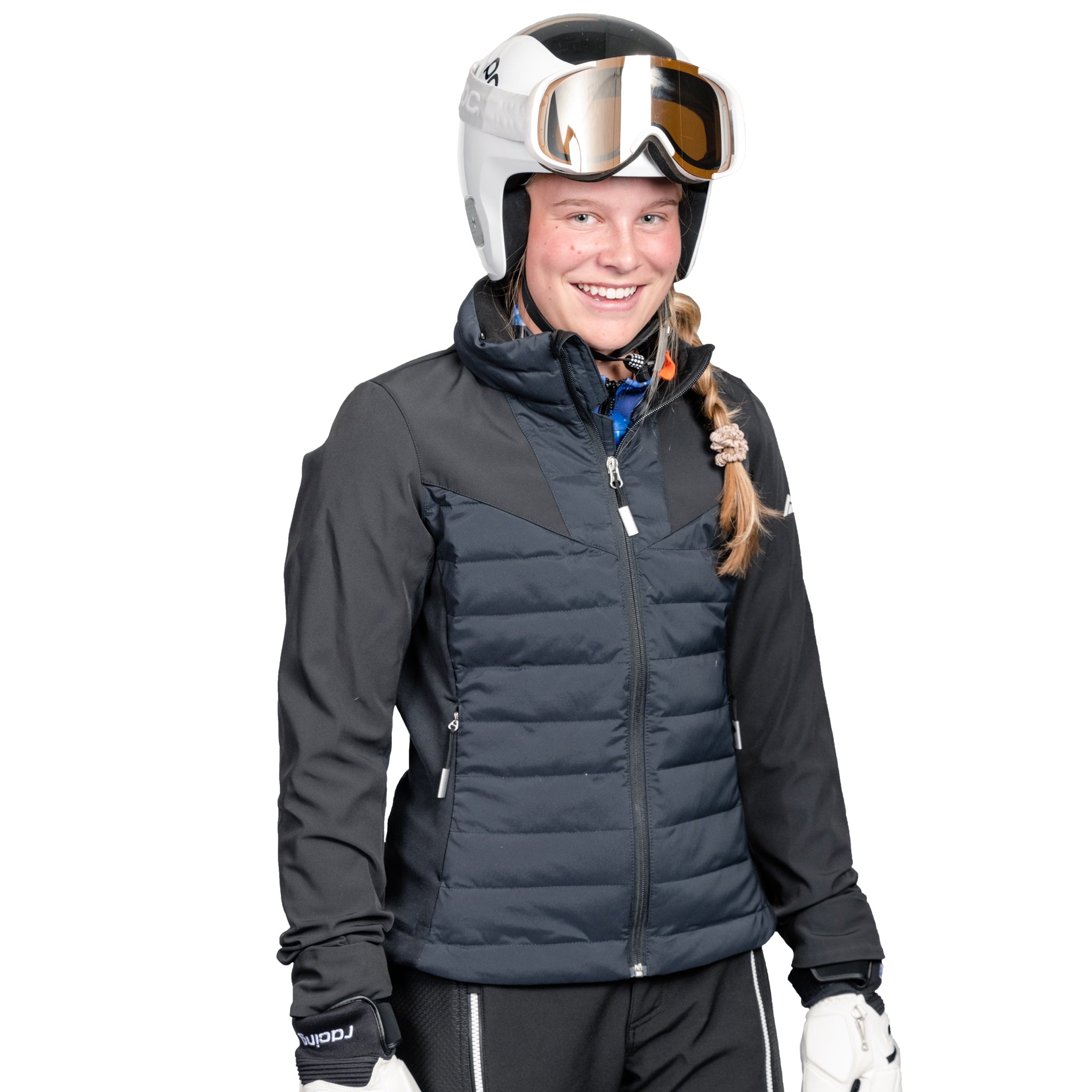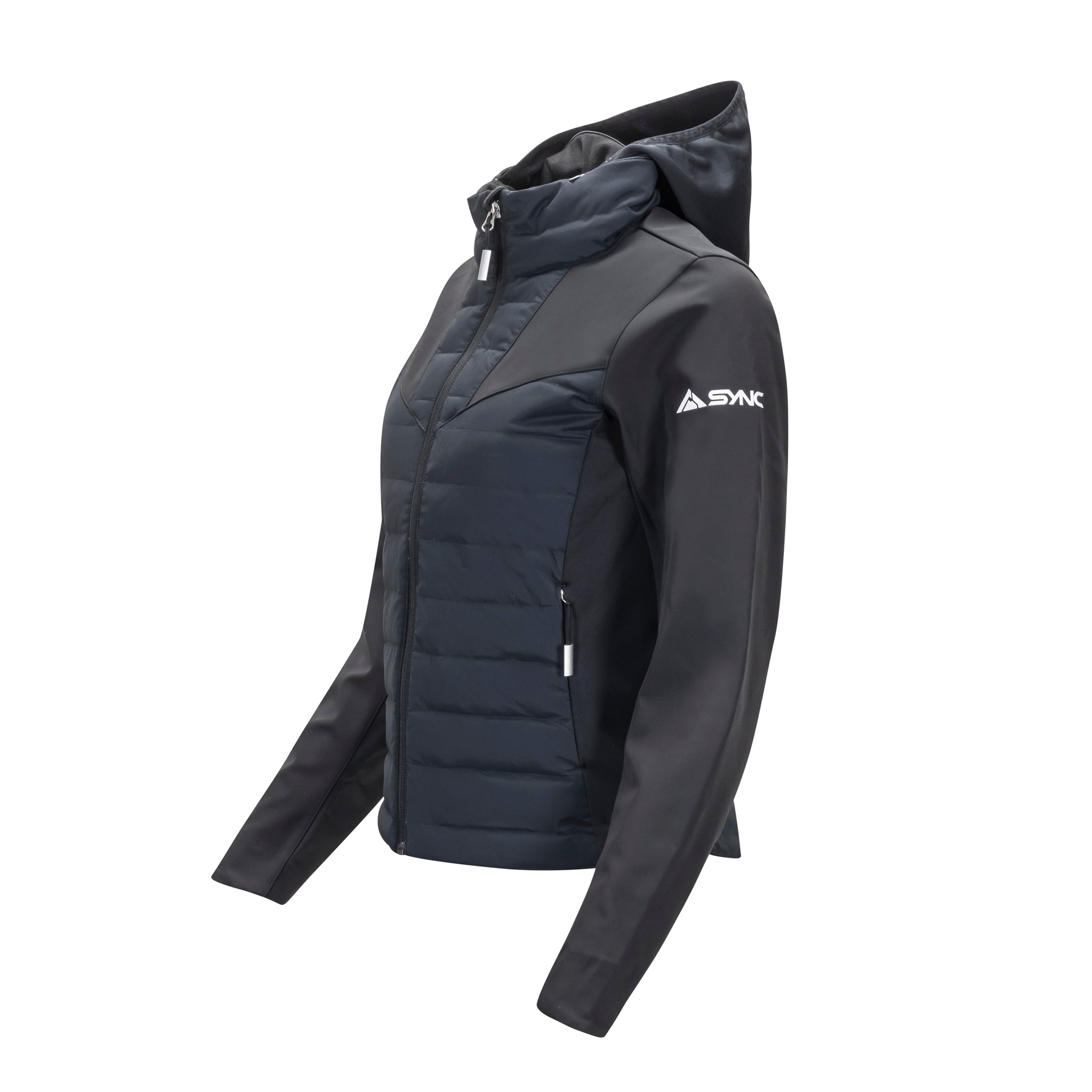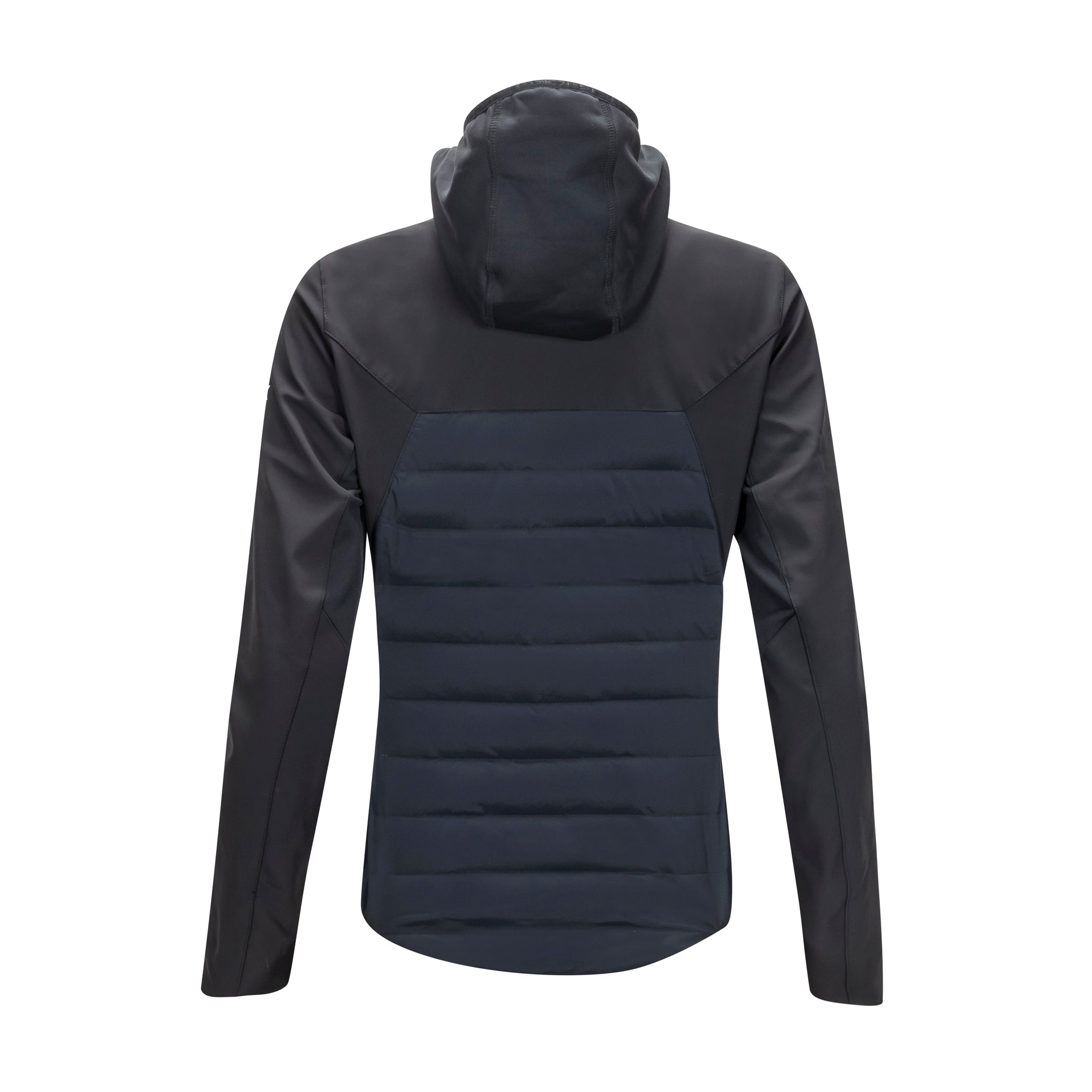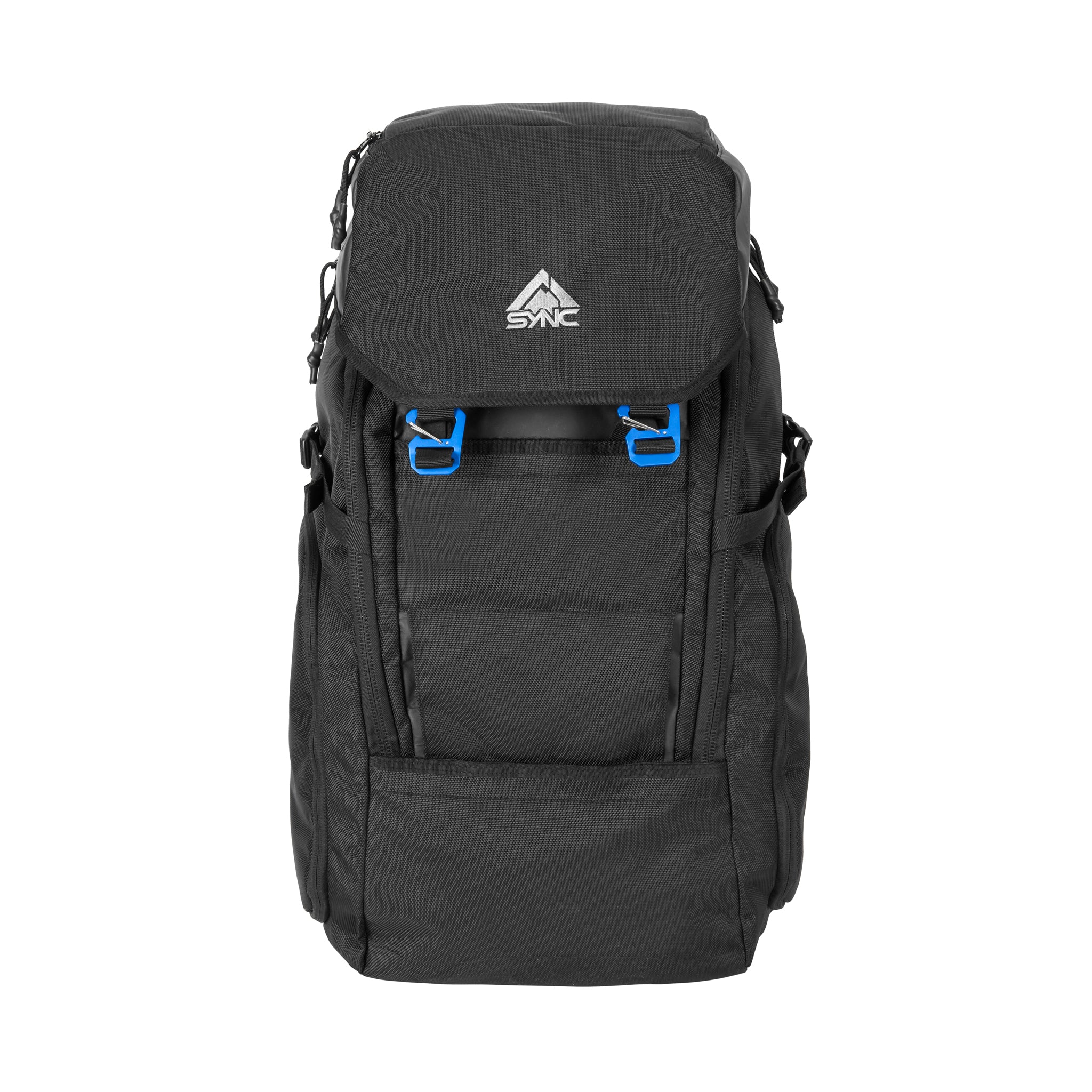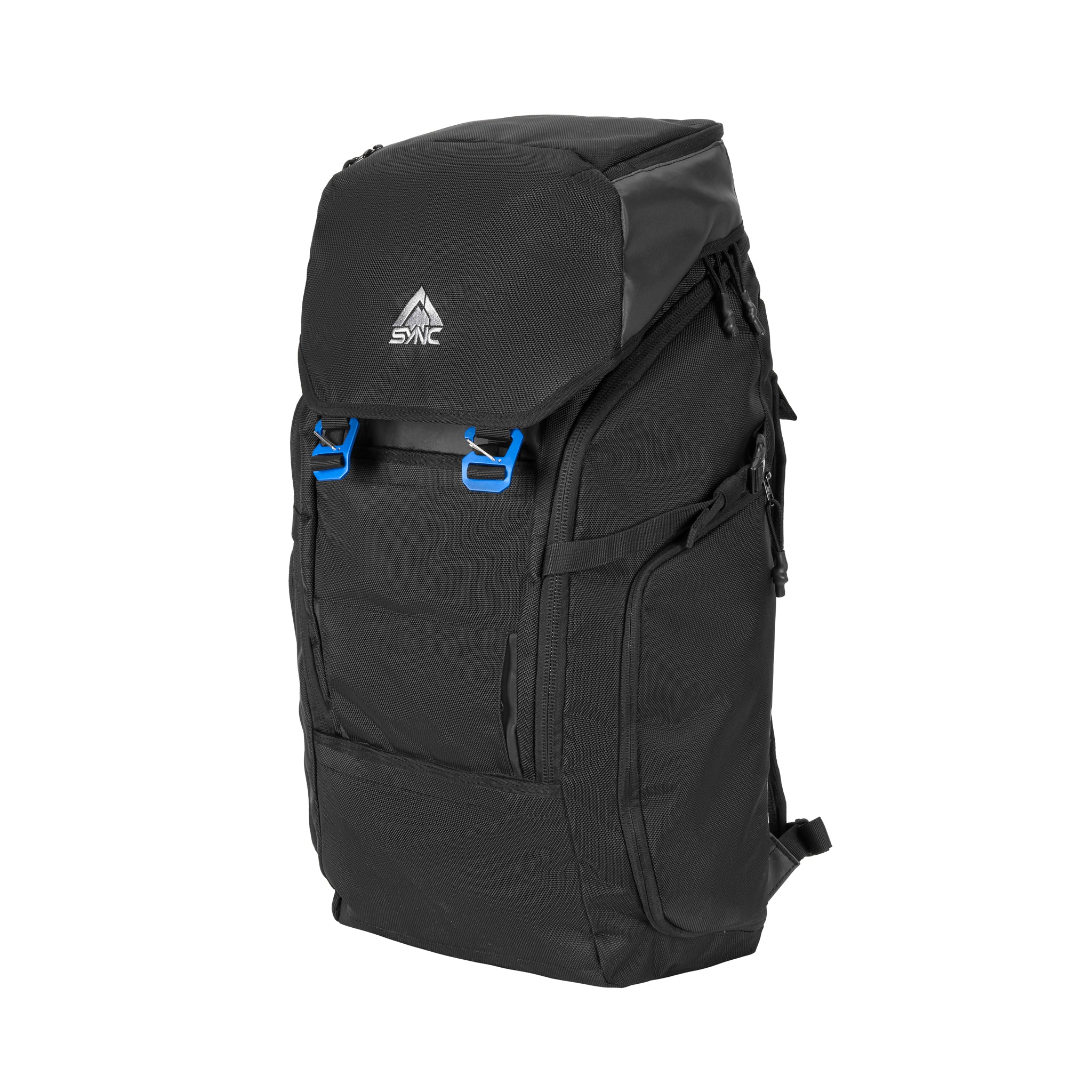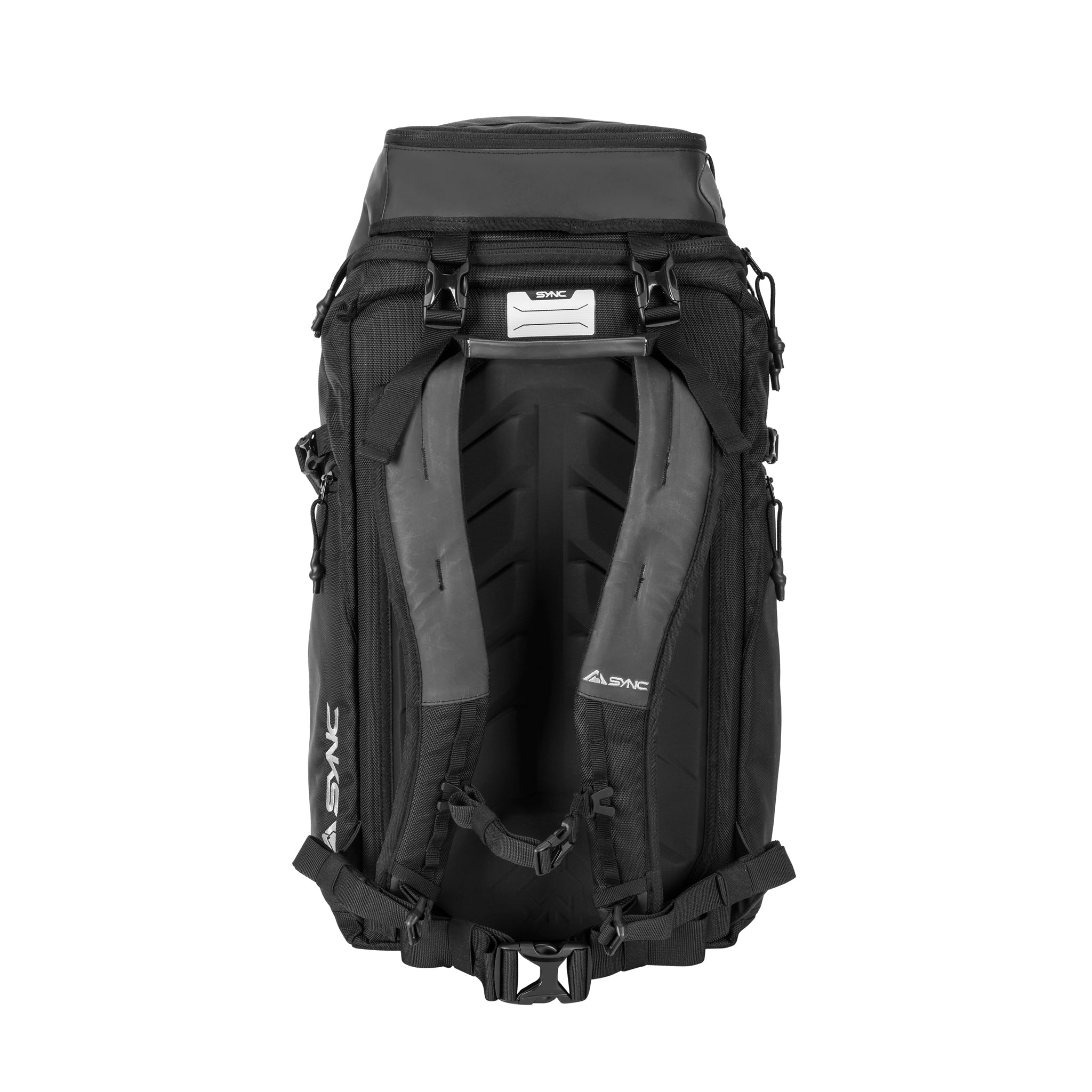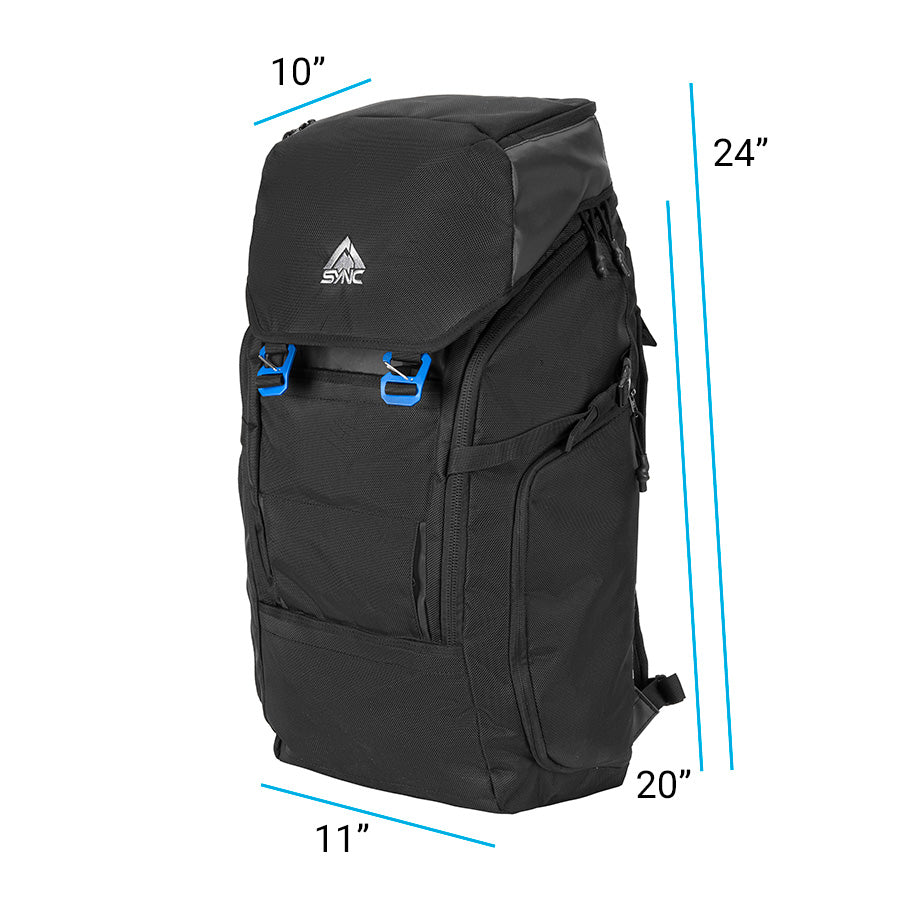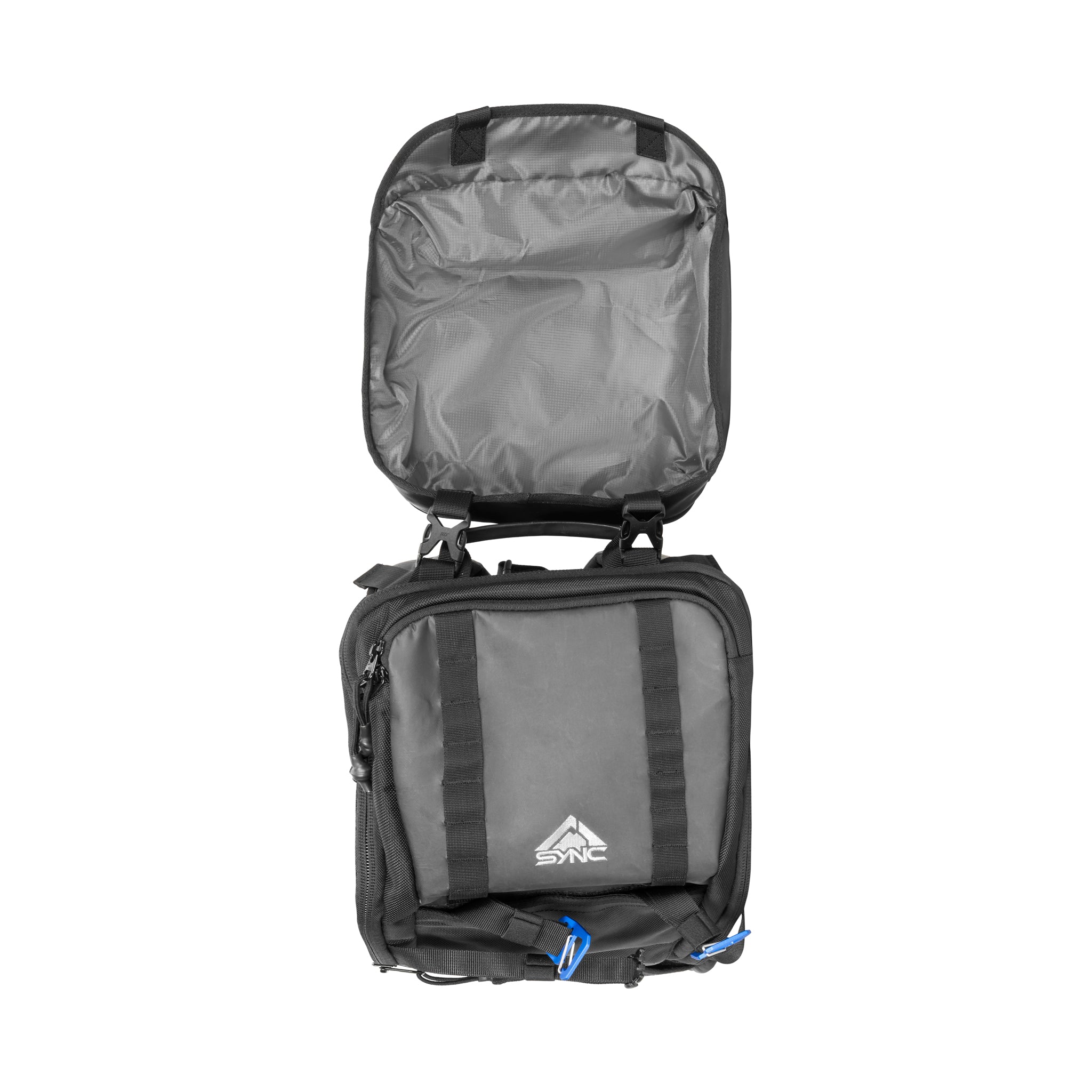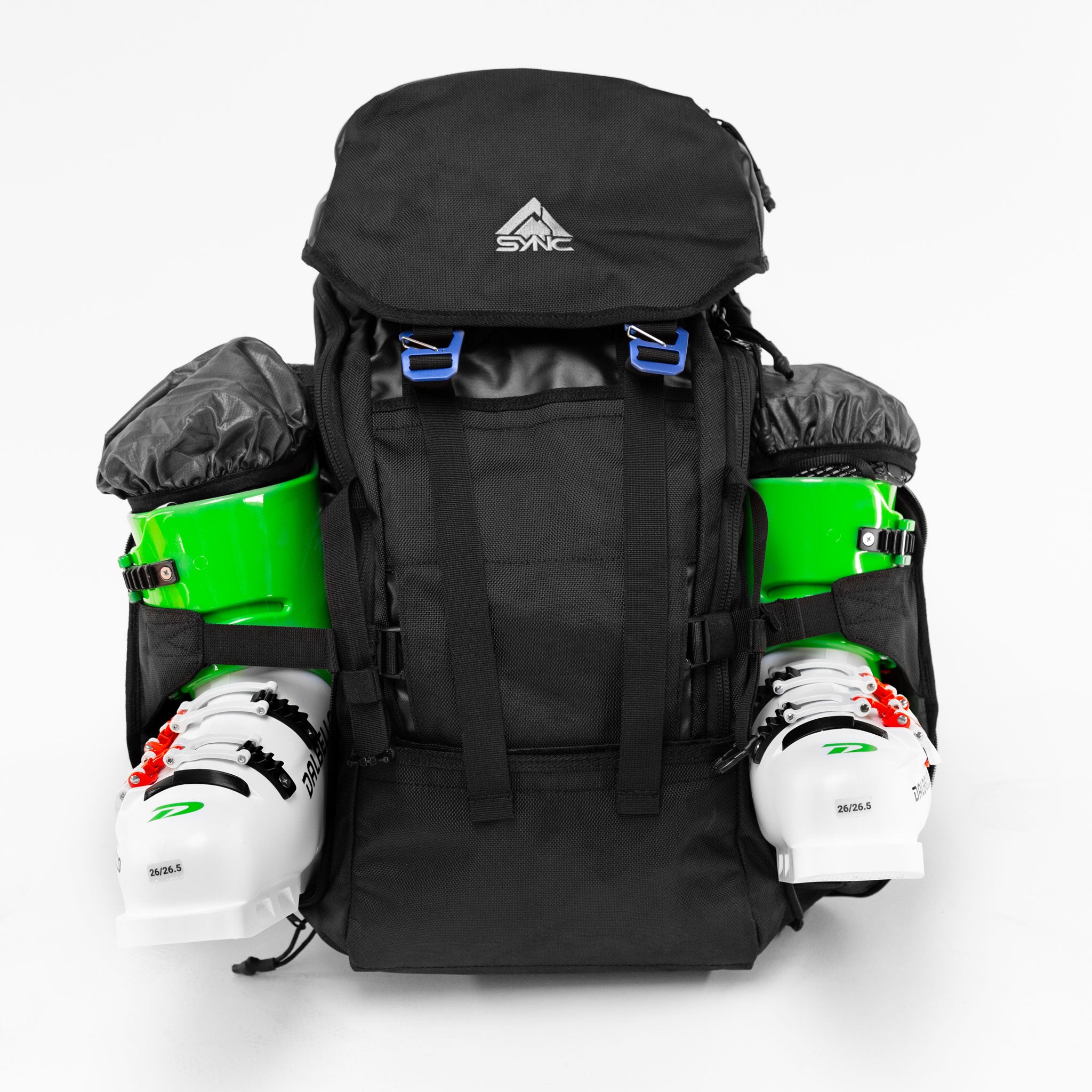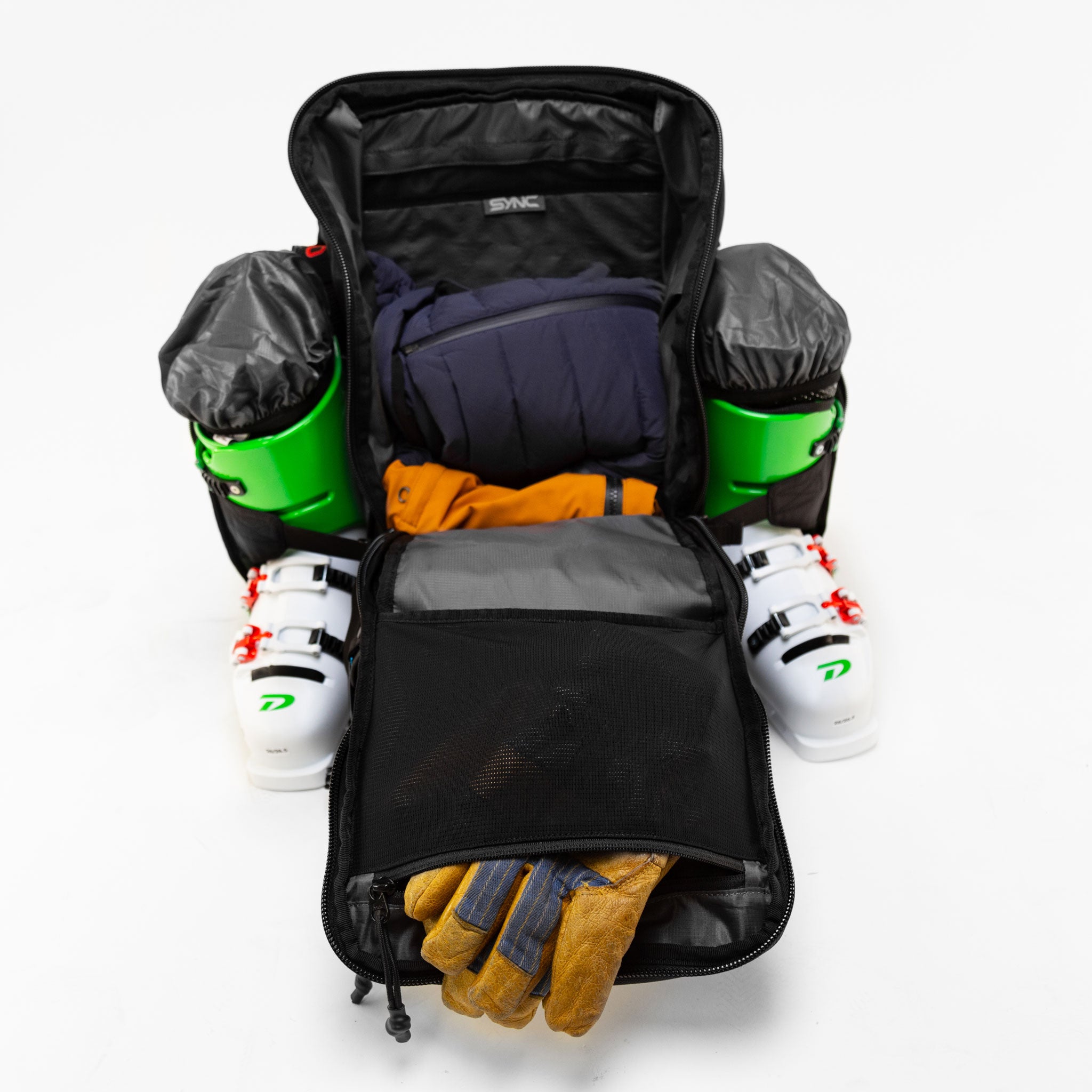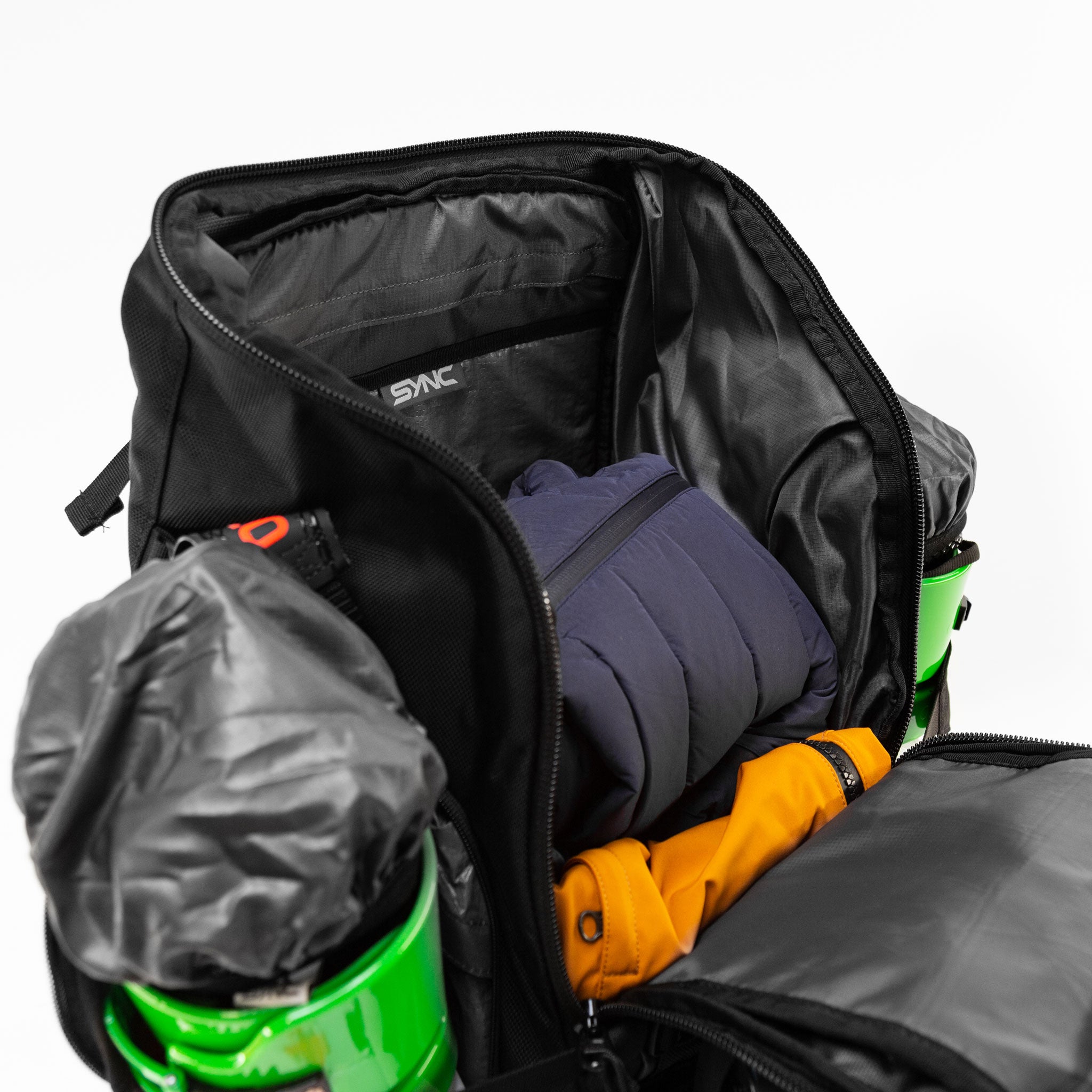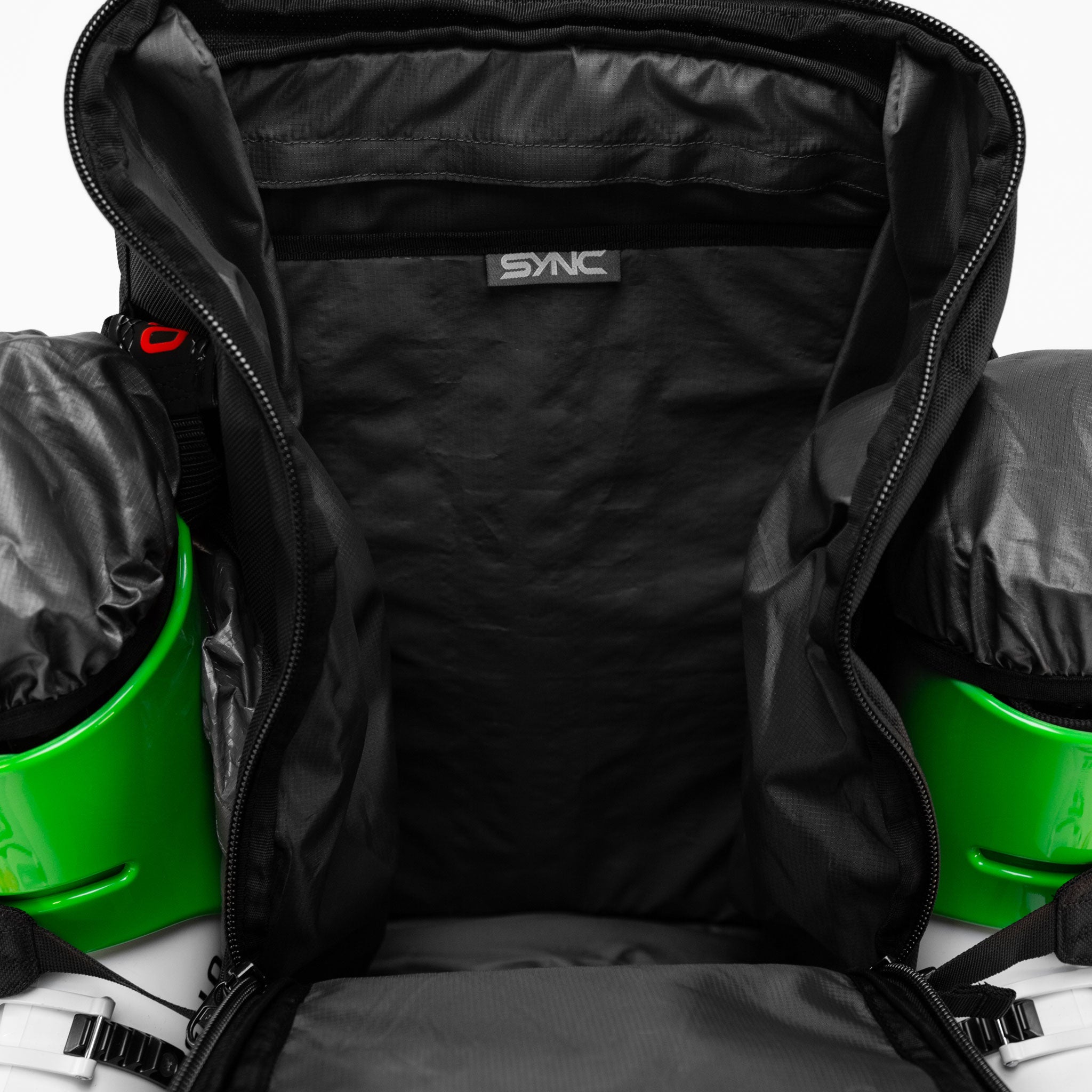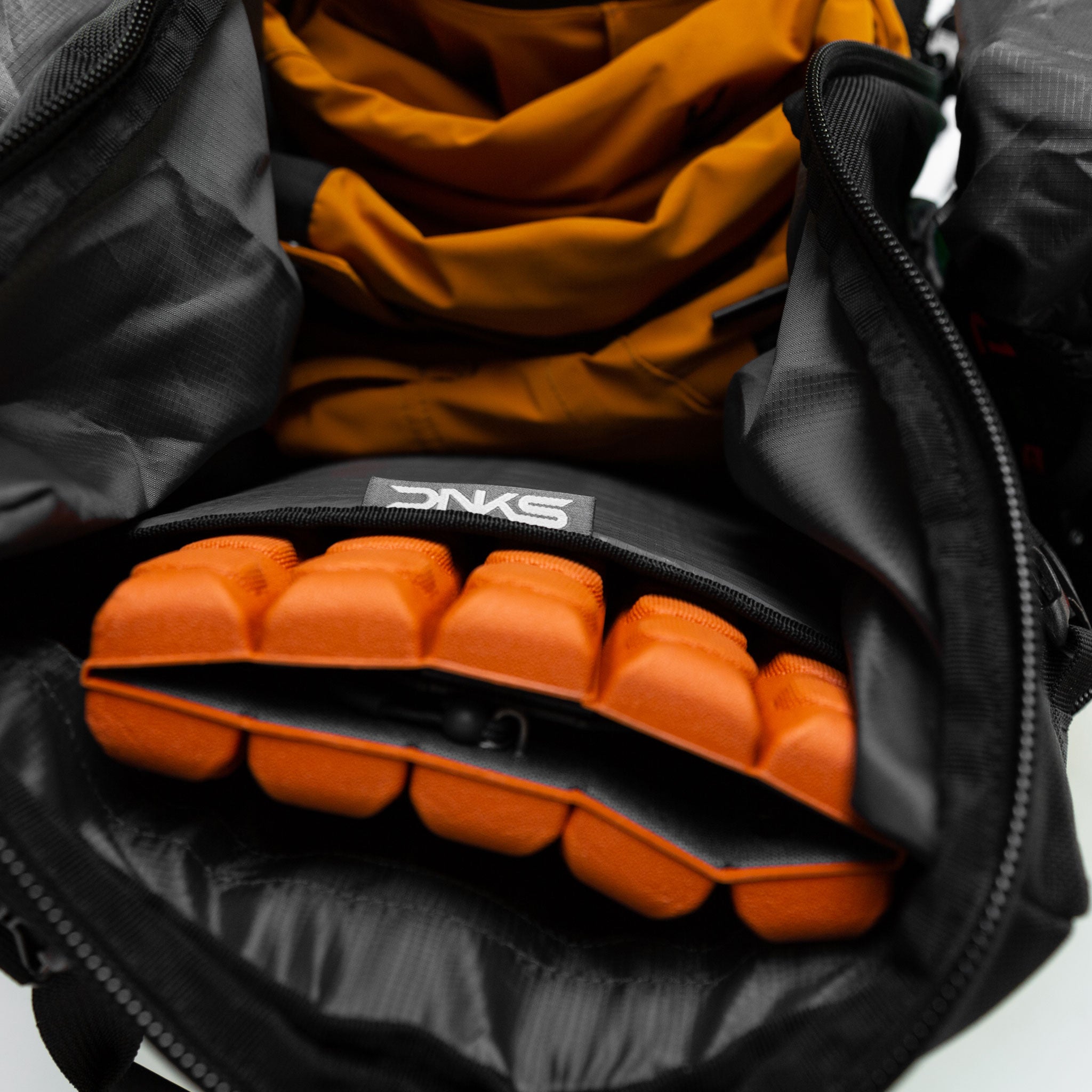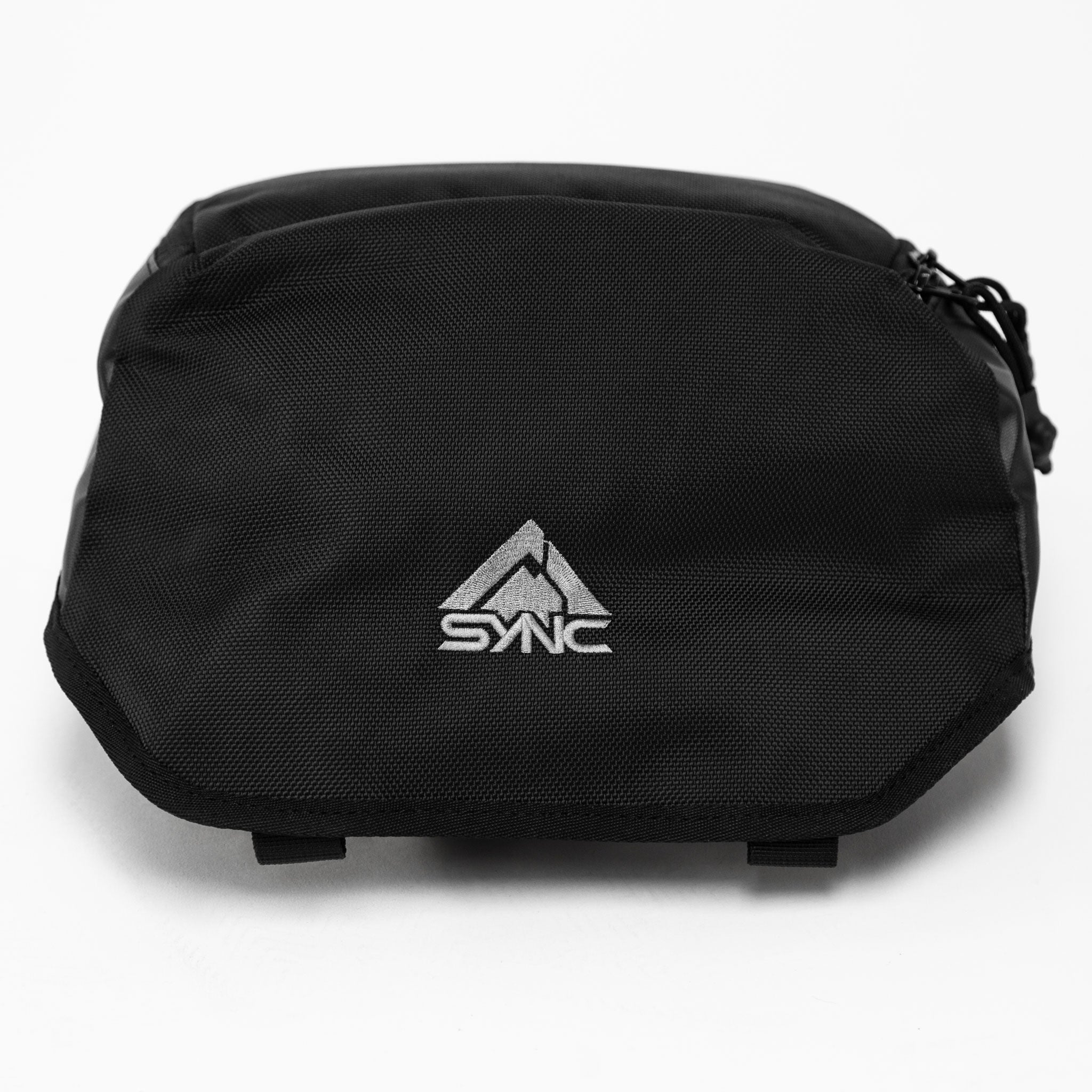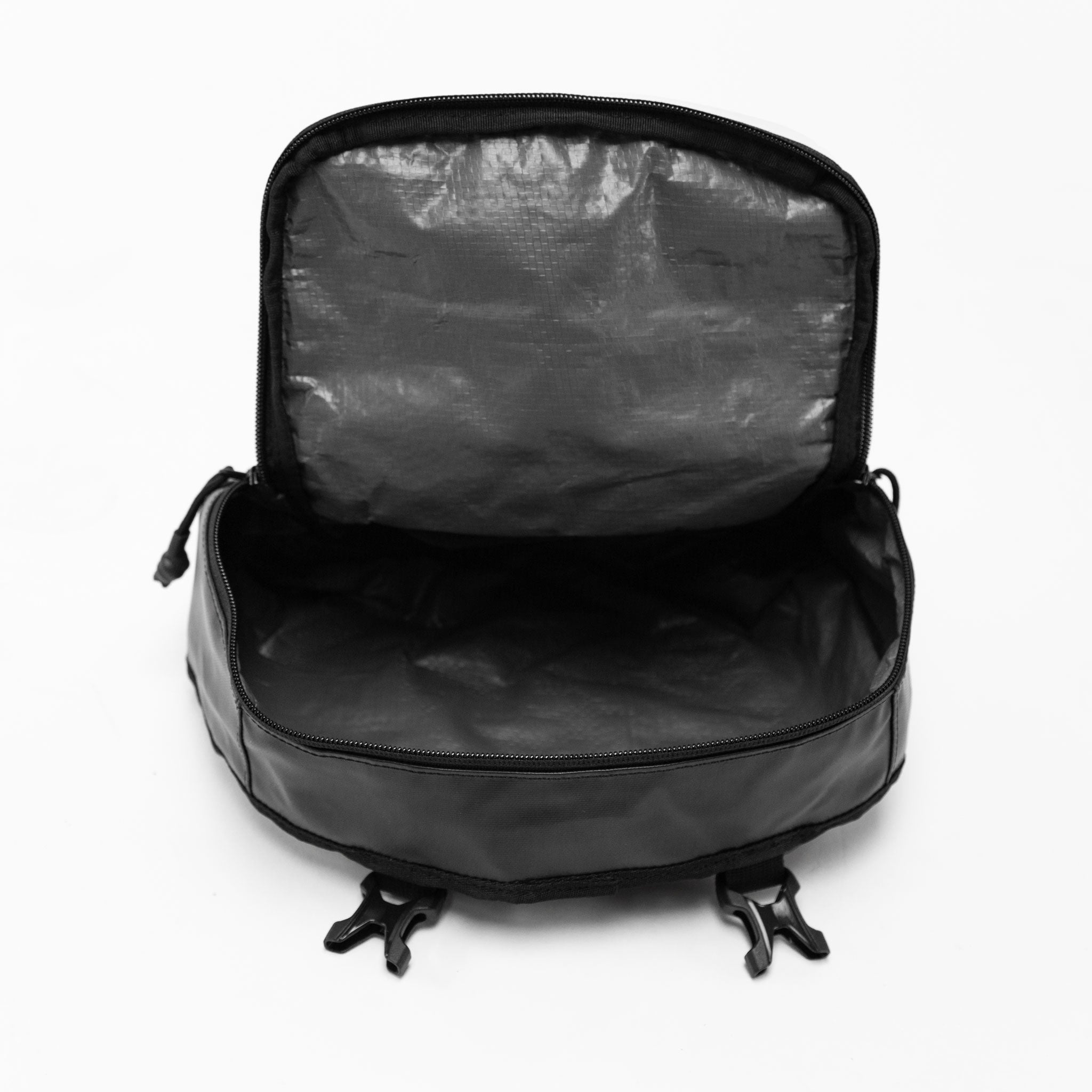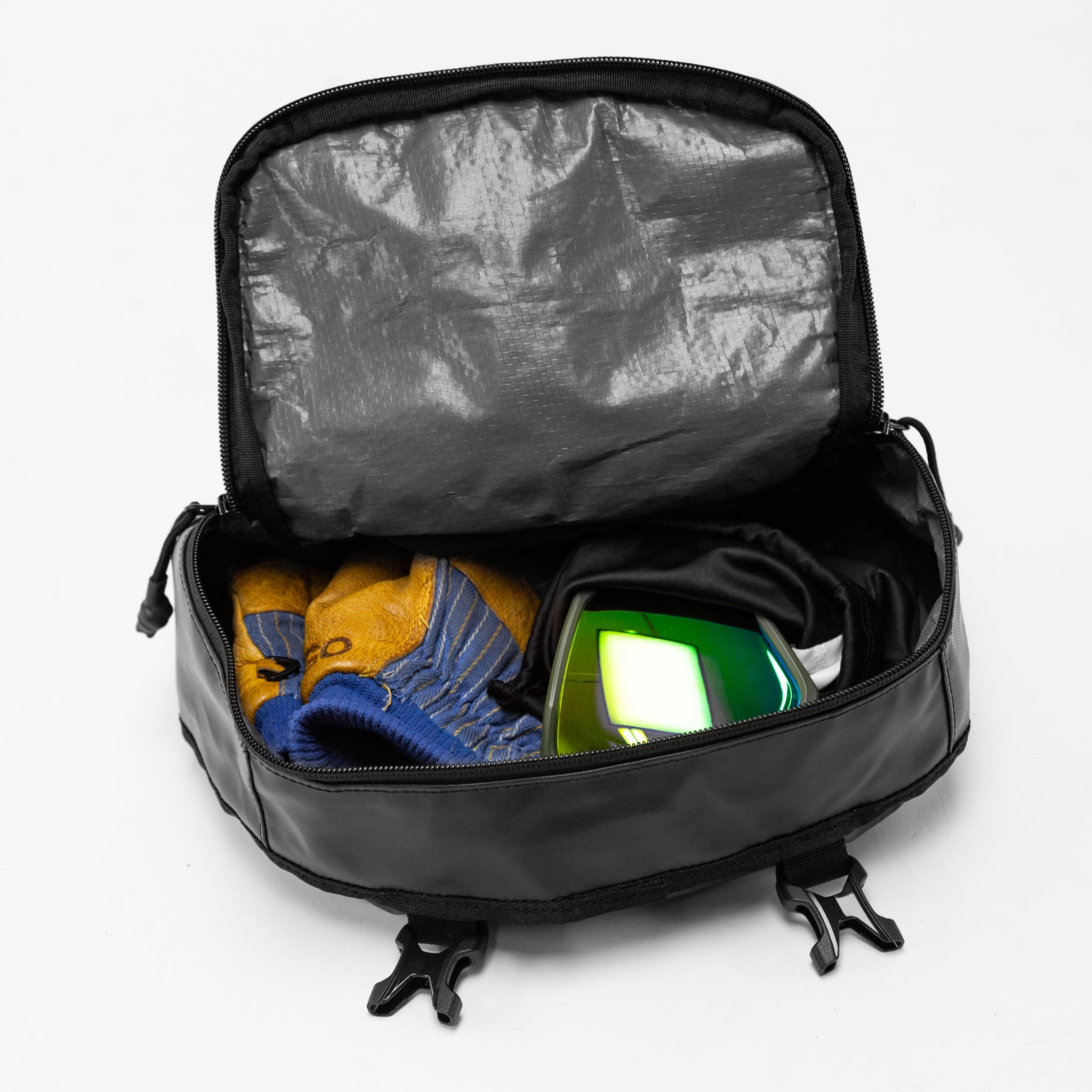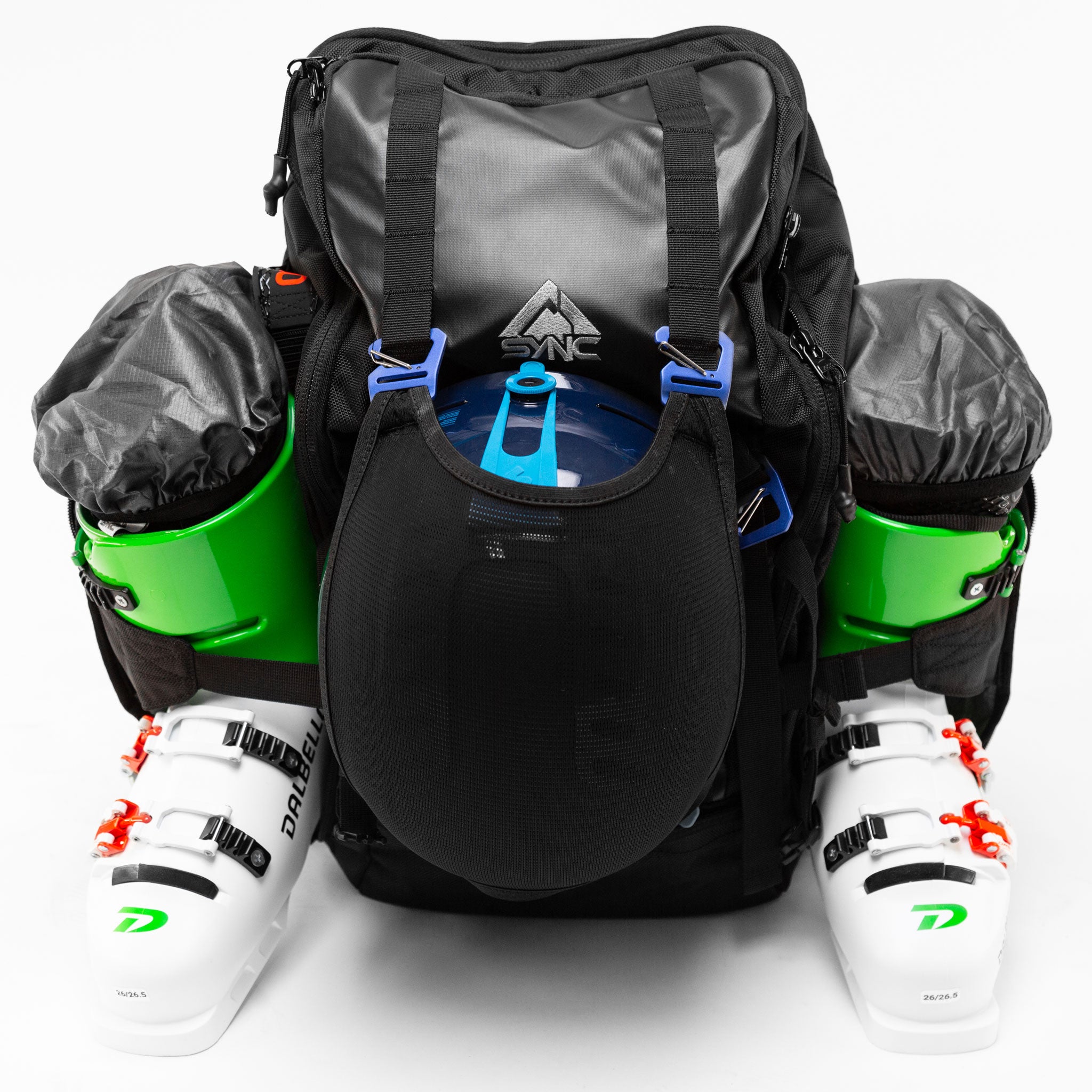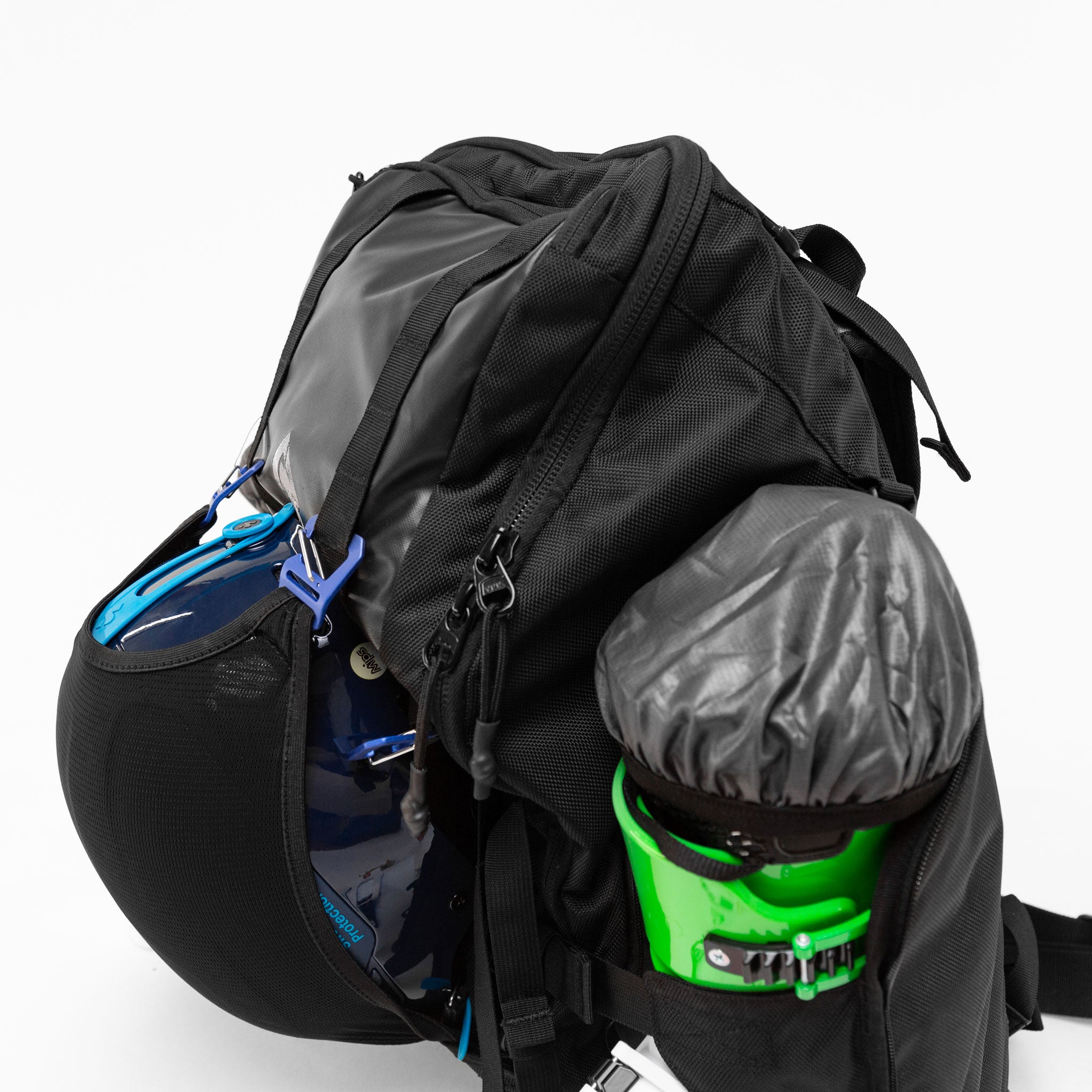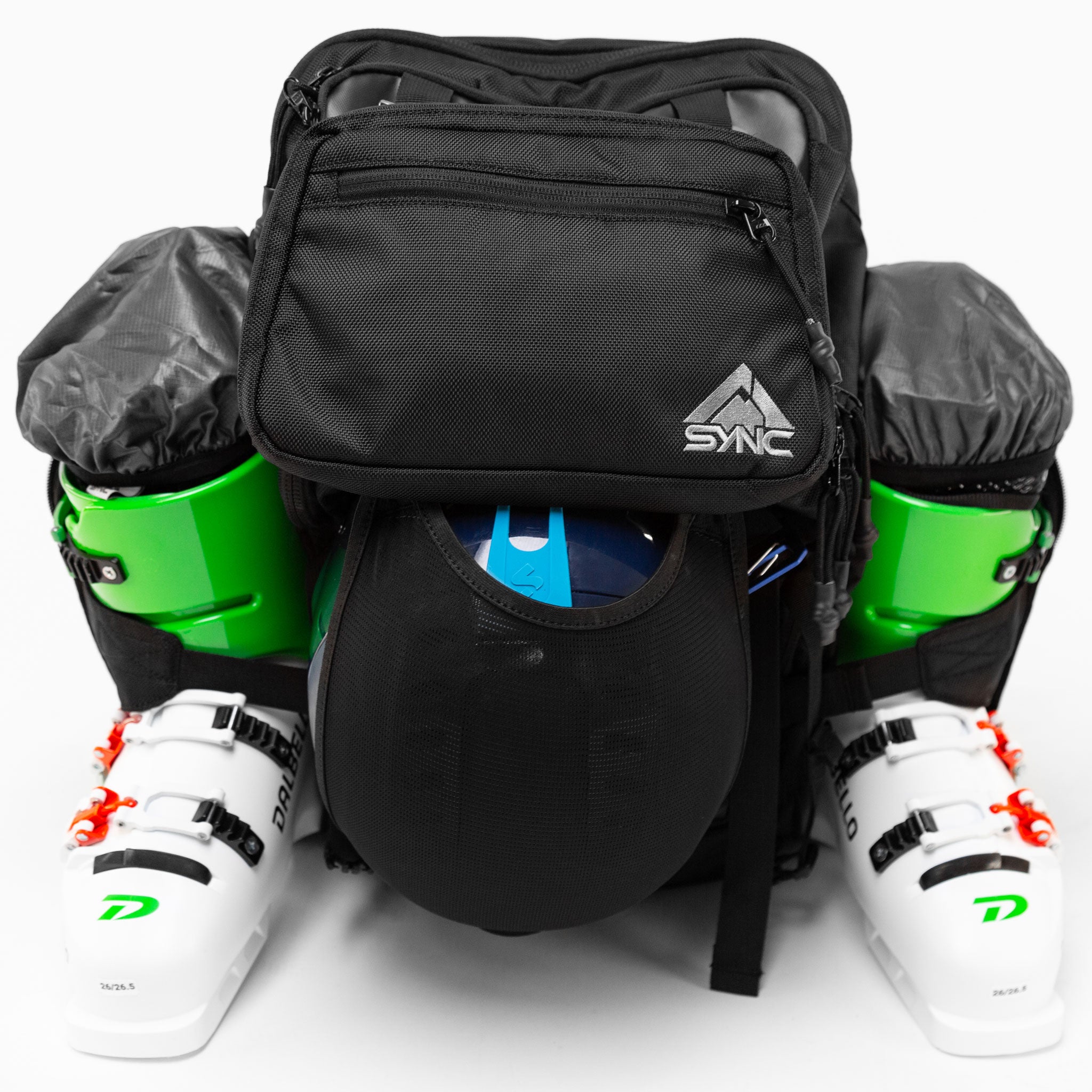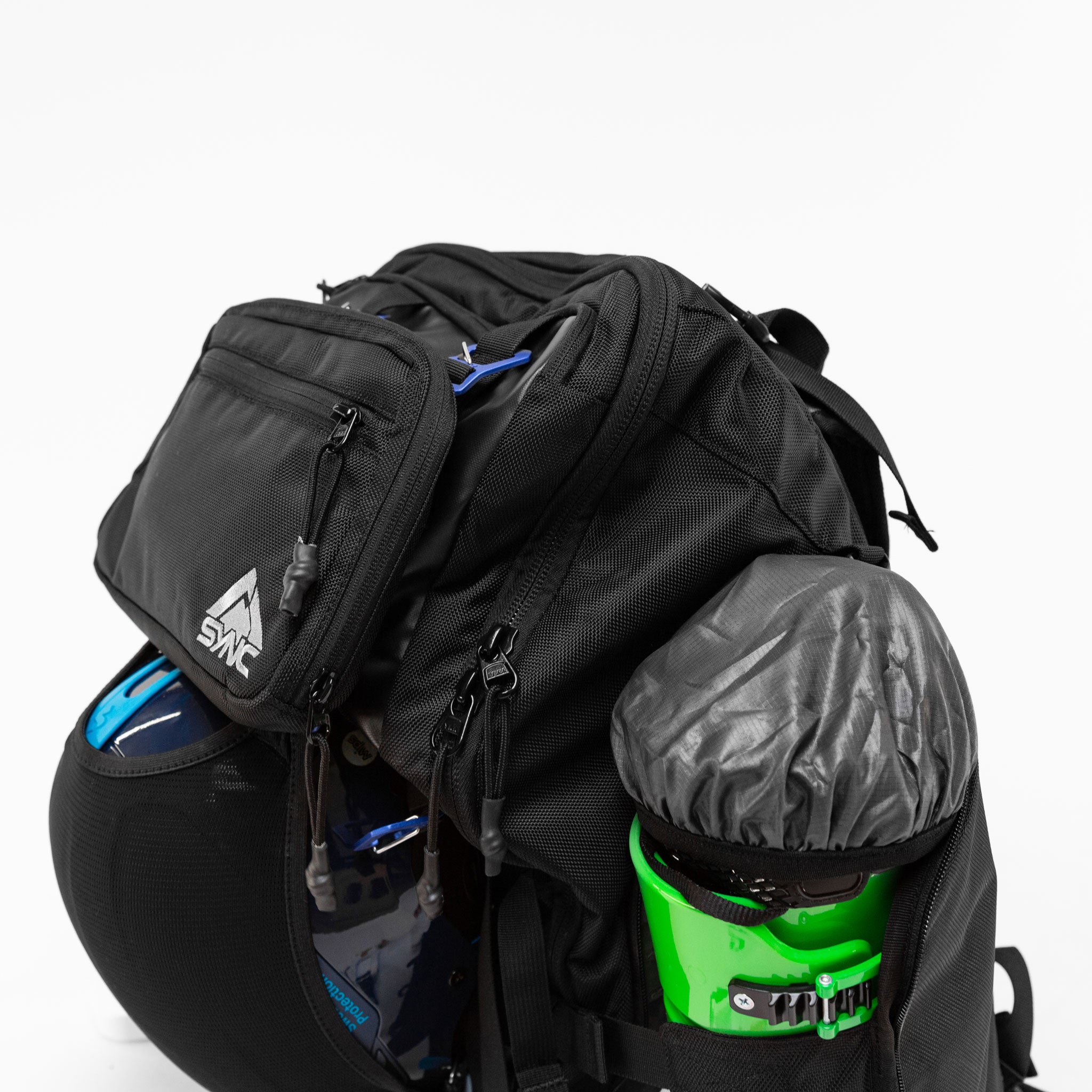With summer quickly approaching, it's time to start planning where to go for training. With an overwhelming amount of options out there, finding the right place can be a challenge.
We asked the SYNC Independent Athletes their thoughts on 5 summer training locations. They offered their advantages, disadvantages, what athletes should be going to these locations, and their tips and tricks for summer training.
Advantages:
Proximity: Mt. Hood is a top summer training location for North American athletes. It's proximity allows most athletes to drive to its location, making it a cheaper option when it comes to travel expenses.
Other Activities: Mt. Hood offers a wide variety of activities that athletes can partake in during the afternoons. There is hiking, biking, swimming, etc, that allow athletes to explore the area and expand their training.
Disadvantages:
Variable Conditions: Mt. Hood can have variable weather, it can be hot one day, raining the next, and maybe snowing the next day. Training in the earliest session offers decent snow but salt is needed almost every day. If the salt does not hold, then the snow will be incredibly soft.
Busy: While it's closeness is an advantage it also makes it accessible to all kinds of skiers. On top of lots of alpine camps, Mt. Hood is also home to lots of freeride camps, making the lift lines very long, shortening training times.
Who should travel to Mt. Hood?
SYNC Athlete Eleri Smart recommends athletes in the U12 and U14 age categories, to travel to Mt. Hood. Eleri believes younger athletes don't need "to be traveling internationally for summer training" and that "a lot of good technical work can be done in Mt Hood." This means the focus for these athletes should be on practicing drills, free skiing, solidifying fundamentals, and some gate training. This approach helps athletes build a strong foundation before transitioning to more advanced conditions and terrain.
Advantages:
Consistent Snow Conditions: Due to the higher elevation of the European glaciers, the snow conditions tend to be more consistent and don't require as much salt. With these more consistent conditions, athletes can test skis or really dial down their technique.
Terrain Variety: European glaciers offer a variety of terrain, from steeps to flats. This allows options for athletes to focus on certain elements of their skiing.
Disadvantages:
Travel: On top of the long travel day to Europe and the jet lag, everyday requires a journey to get to the glacier. Athletes usually have to fight their way onto the first of multiple gondolas up to the glacier, taking almost an hour everyday to get from their hotel to training.
Weather Dependent: High altitude glacier training can be hugely influenced by the weather. Whether it's snow, rain, or thick cloud cover, the weather can impact days of training.
Who should travel to the European Glaciers?
SYNC Athlete Stef Fleckenstein recommends athletes second year U16 and FIS to travel to European glaciers for training. Stef says the "focus should be on getting high volume in gates during the early hours and some freeskiing once the snow softens up." Traveling to Europe can also expose U16 athletes to the intensity of European skiing.
Advantages:
No Varying Conditions: Skiing indoors means the weather will have no influence on your training. You are guaranteed consistent training everyday, including snow conditions.
High Repetition: Indoor skiing allows athletes to get lots of reps in, with a short turnaround time each run. Lots of reps is a great way to get what you are working on to stick.
Disadvantages:
Mentally Challenging: Indoor skiing can prove to be mentally challenging when you are inside and continuously doing the same run over and over again. The big reason athletes love this sport is to be outside and in the mountains, so indoor skiing can make you start to question yourself.
Ice and no terrain: Indoor skiing is more often than not injected snow, meaning it is a sheet of ice. While this can be an advantage for most who want to challenge themselves on icier surfaces, you usually won't find those conditions anywhere else. There is also a lack of terrain for indoor skiing, since most hills are around 600 ft.
Who should travel to Indoor Skiing?
It is recommend that U16 and FIS athletes go to train indoors. SYNC Athlete Jimmy Krupka says to "focus on fixing a certain movement pattern--you can get a lot of reps working on one thing." Because of the icier conditions and intense repetition, Jimmy advises that "coaches set very variable courses. If the course is the same every time, it's scarily easy to learn movements and skiing that do not translate to any other course or any other snow."
Advantages:
No Jet Lag: For those traveling from North America, there is little to no time change going to Chile. This means athletes are rested and ready to start training as soon as they arrive.
Ideal Conditions With Lots of Space: The surface in Chile tends to be very similar to those that athletes will face throughout the year. There is also a variety of places to train with varying terrain. One location in Chile has 3 separate ski areas all right next to each other.
Disadvantages:
Isolating: All the mountain resorts are located at high elevations far away from any cities without any real activities to do besides skiing. It can start to feel isolating after a week or two.
Winter Weather: Since Chile is in the Southern Hemisphere, it will be winter when traveling there and that means the weather can impact your trip. Chile can recieve an immense amount of snow, turning your training trip to a powder trip.
Who should travel to Chile?
It is recommend that U16 and FIS athletes to travel to Chile for summer training. Stef Fleckenstein believes those athletes should "focus on preparing for race environments, getting lots of free skiing when not training, and can enter the SAC races to prep for race season."
Advantages:
Race Opportunities: A huge advantage to traveling to New Zealand is it's mid-winter and there are a lot of races happening. This is a good opportunity to lower your points as a FIS athlete.
Low Elevation: Mountains in New Zealand don't get higher than around 7,000 feet. In comparison to other summer skiing locations, this is low. Due to the low elevation, athletes will not be as fatigued. Staying in the valleys below means no snow and lots of activities for after skiing.
Disadvantages:
Long Travel: For those athletes traveling from North America, New Zealand is about halfway across the world and takes roughly a day or two to get to. This leaves athletes exhausted and with jet lag, impacting training for the first few days.
Expensive: The cost of traveling, staying, eating, and training in New Zealand is most likely the most expensive option out there. Flights alone can cost a few grand.
Who should travel to New Zealand?
SYNC Athlete Simon Fournier recommends FIS athletes to travel to New Zealand for summer training. Considering the long travel and expenses, those athletes in FIS will benefit the most from "the opportunity to race in the summer and get a head start to the upcoming season."
SYNC Athlete's Tips and Tricks for Summer skiing
1. Train Outside of Skiing: Don't let your physical fitness slack while summer skiing. Make sure you incorporate dryland training into your daily routine.
2. Flexibility/Adaptability: Be prepared to be flexible when it comes to your training and off days based on the weather. Remember to be adaptable for differing training locations and conditions.
3. Strategic Planning and Preparations: Be sure to figure out your individual needs and goals and plan your summer training around what will benefit you the most.
4. Don't Feel Pressured: For young athletes, U14 and under, don't feel pressured to ski in the summer. At that age, spending an exorbitant amount of money on summer training is not needed. Working out and strengthening your body can be just as important as summer skiing.

